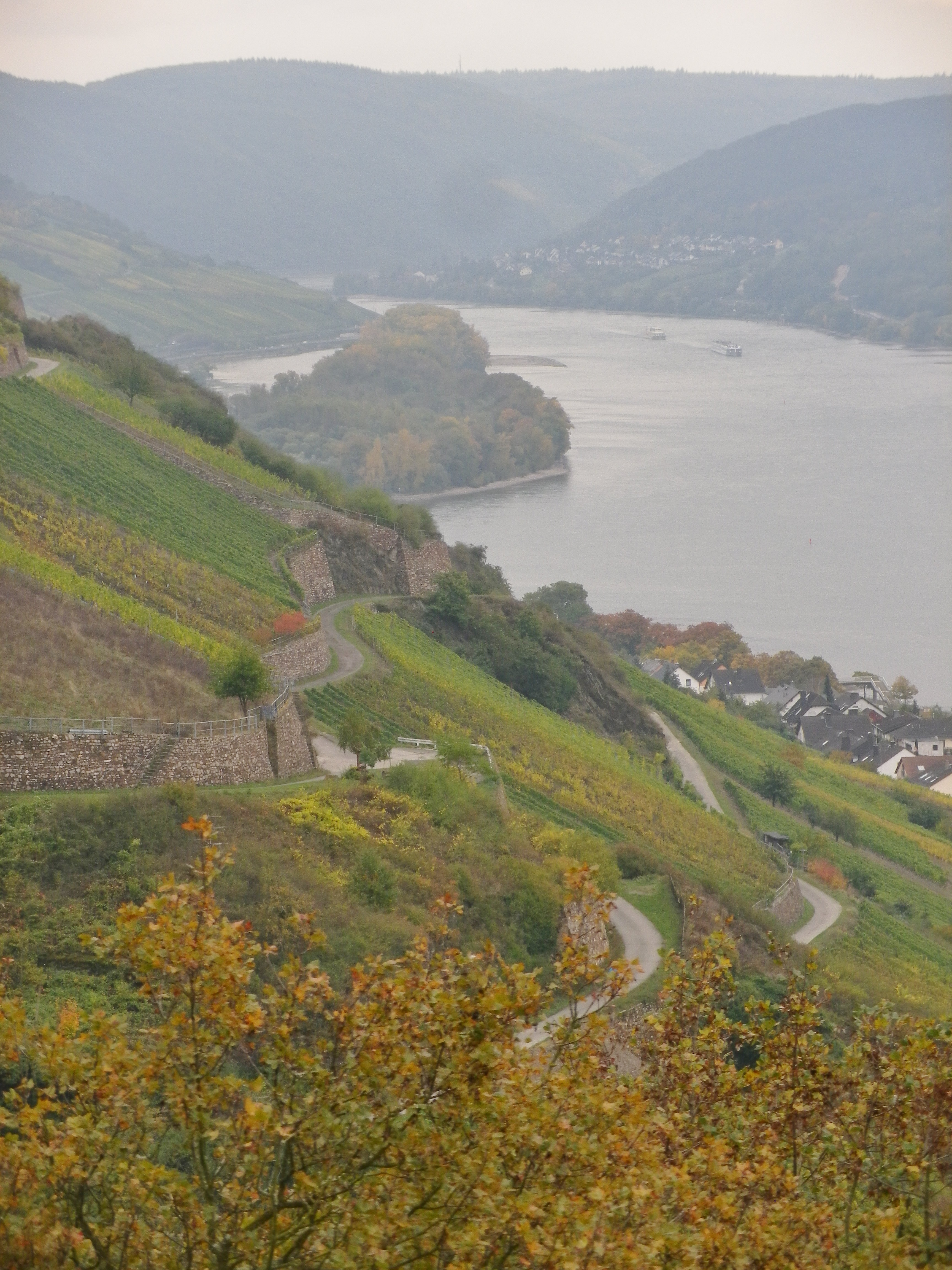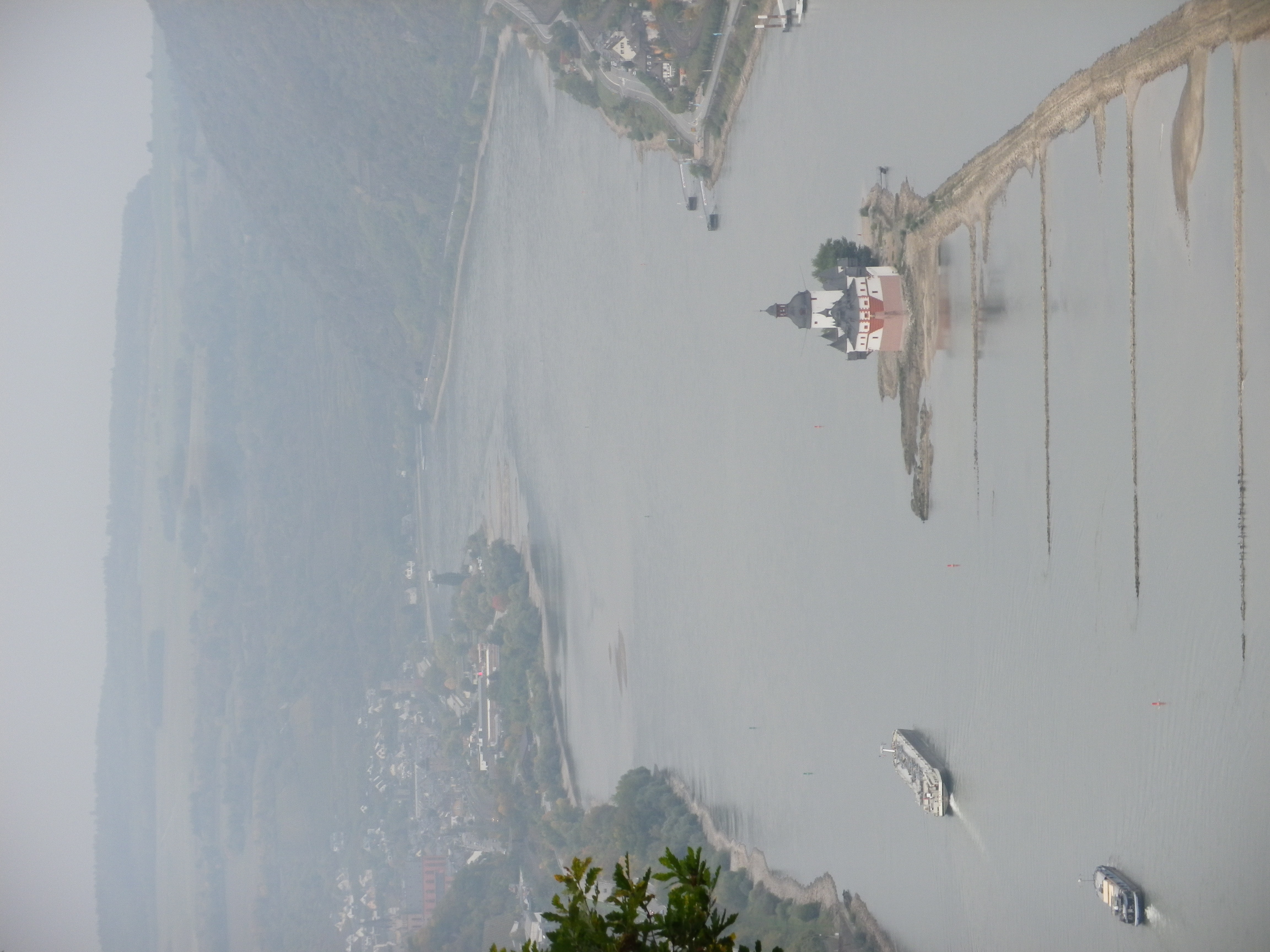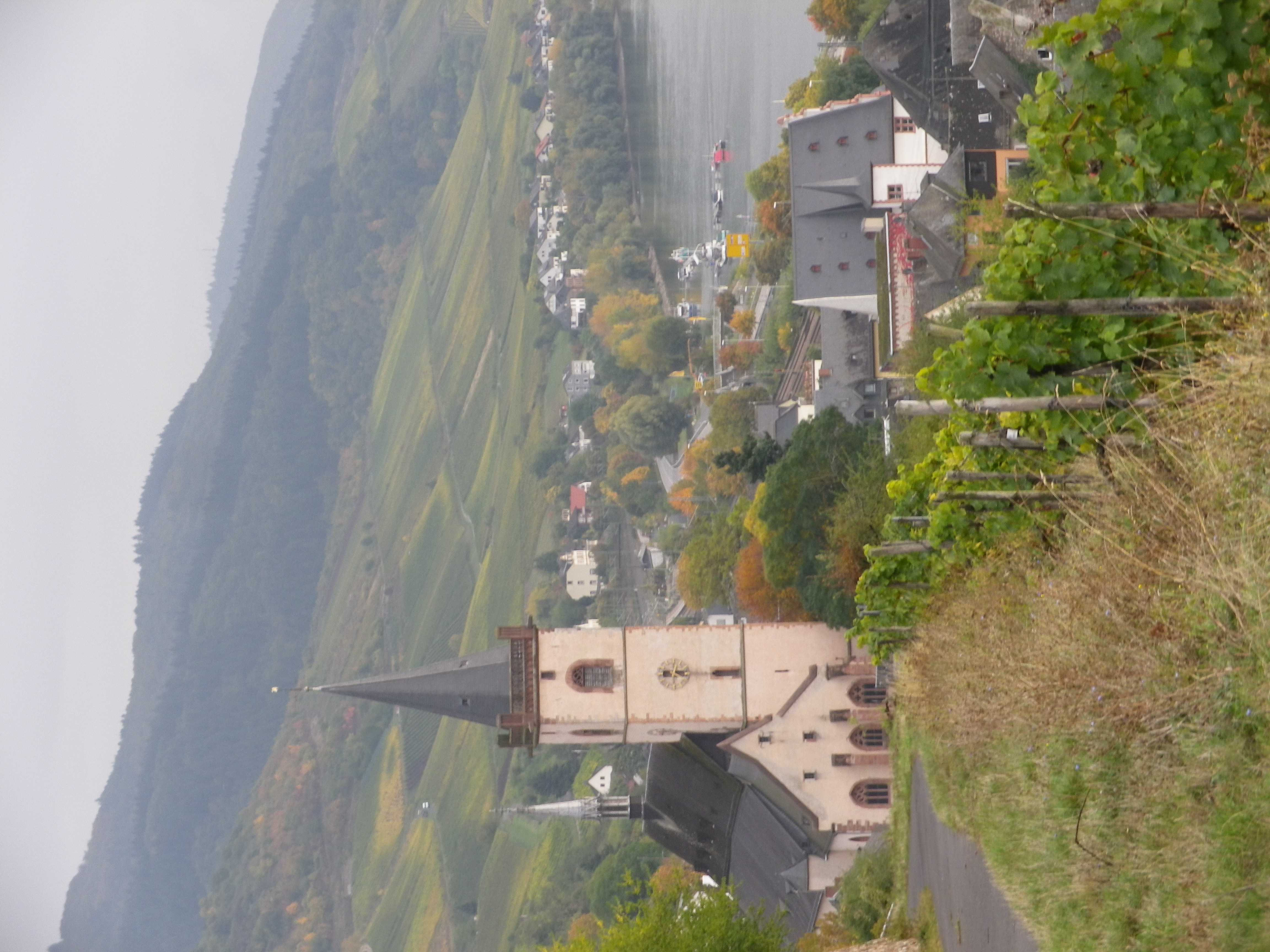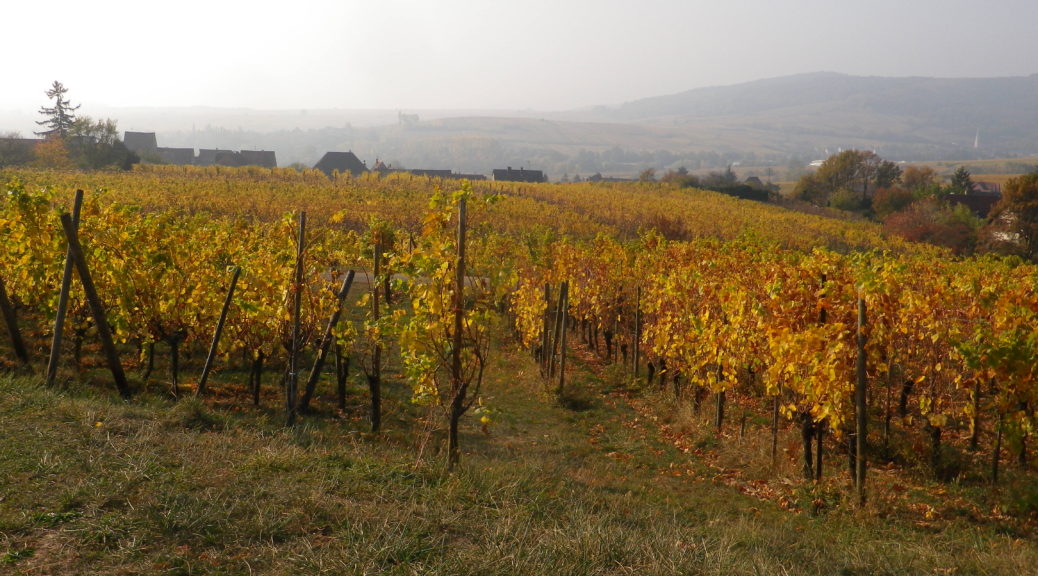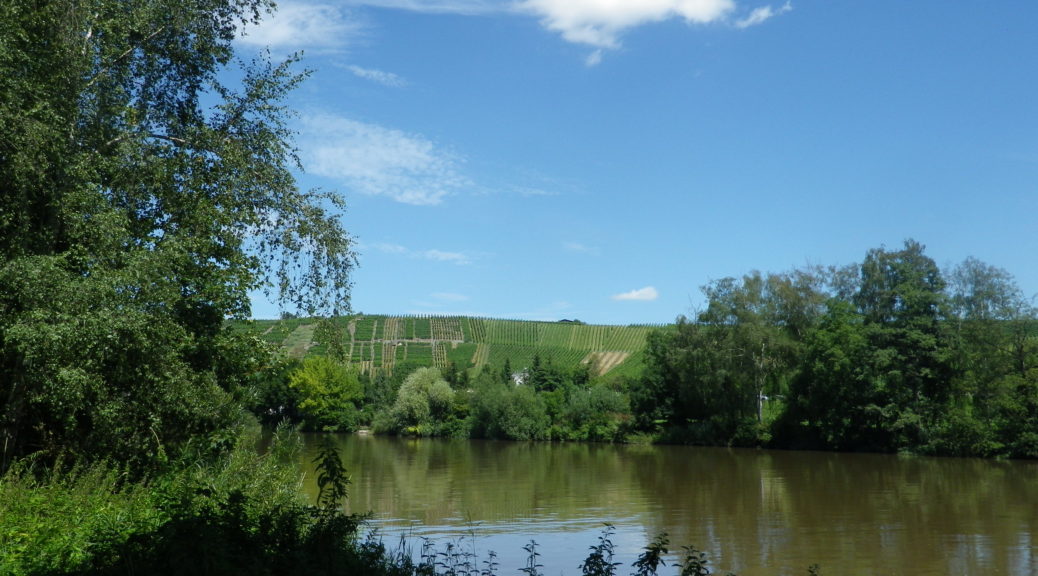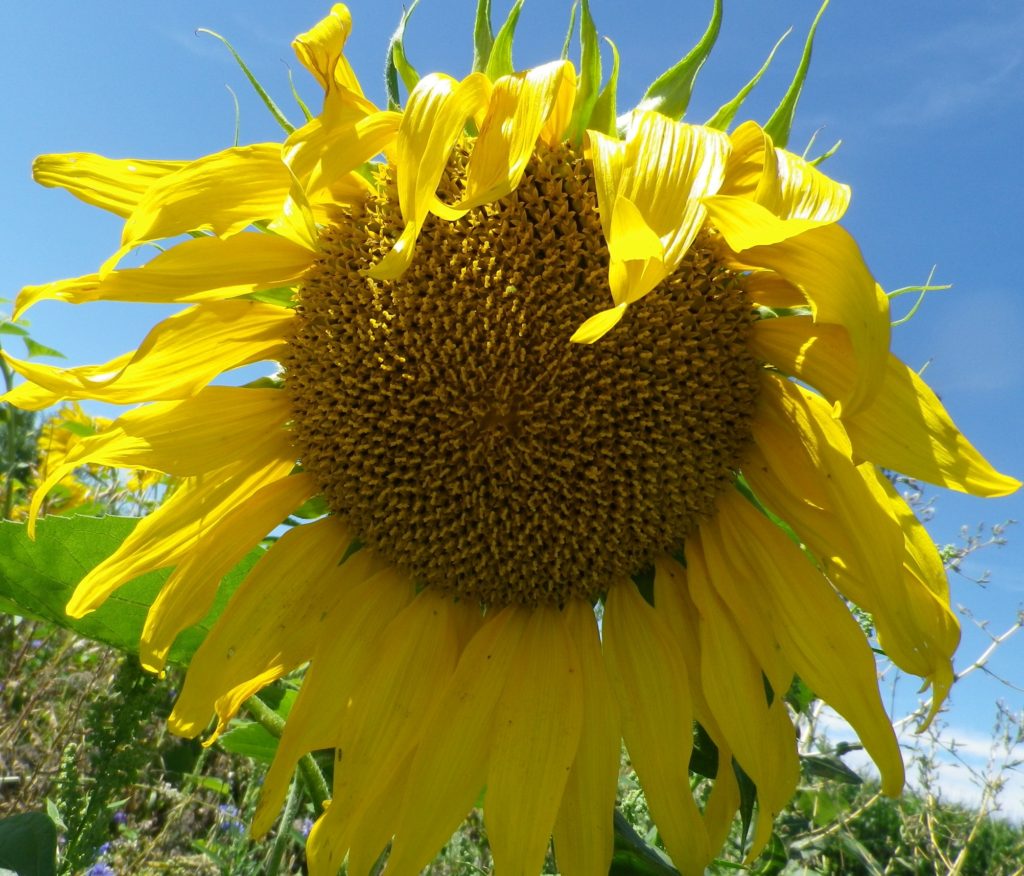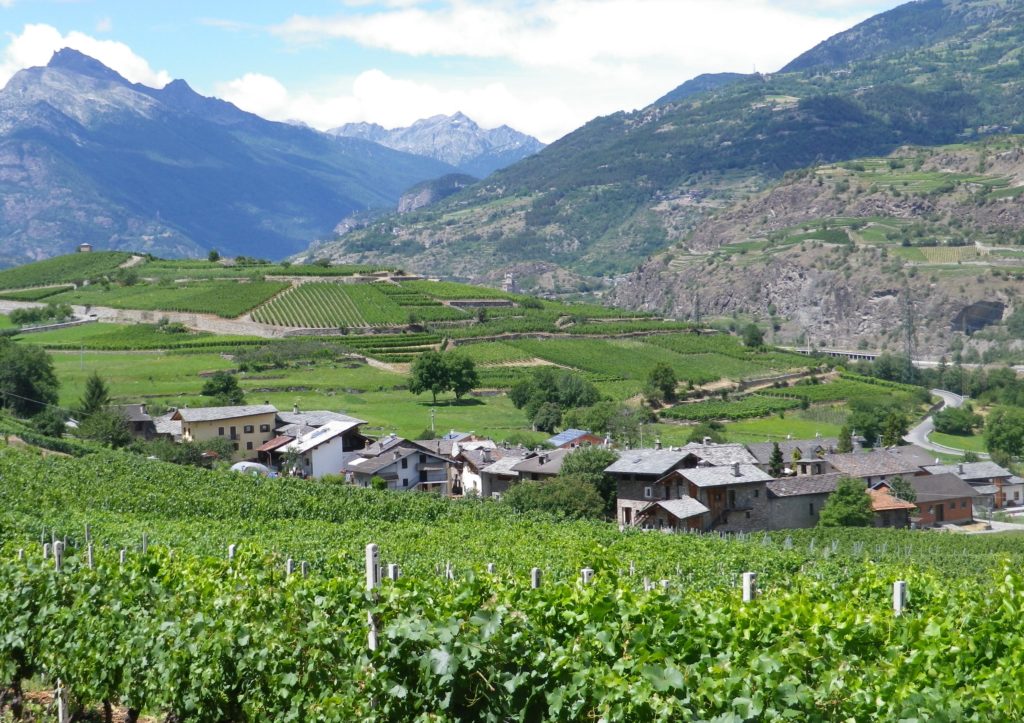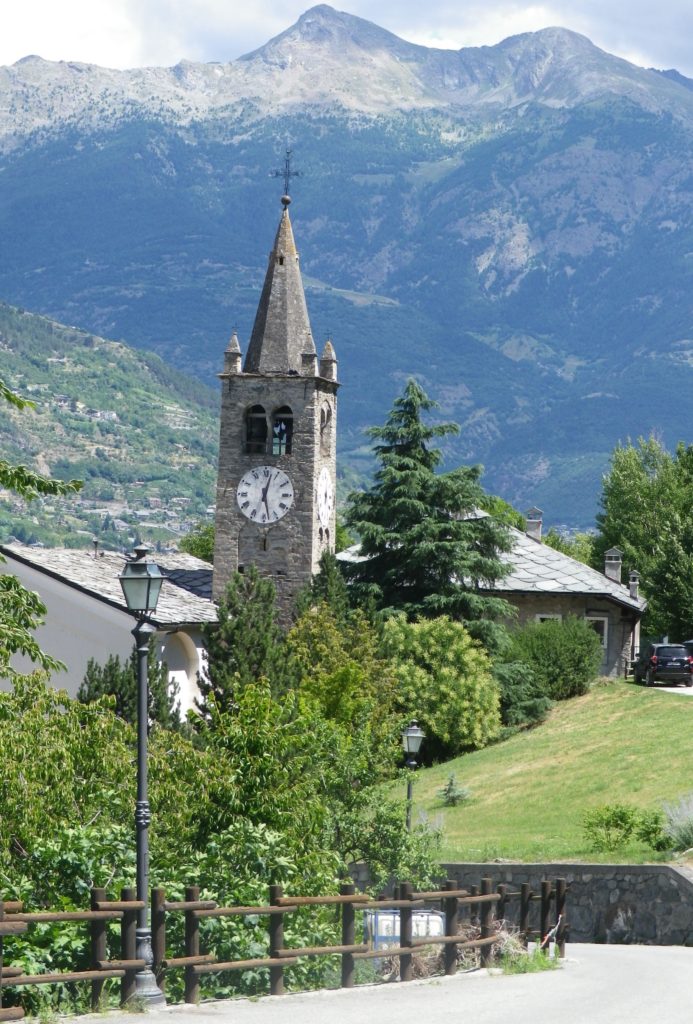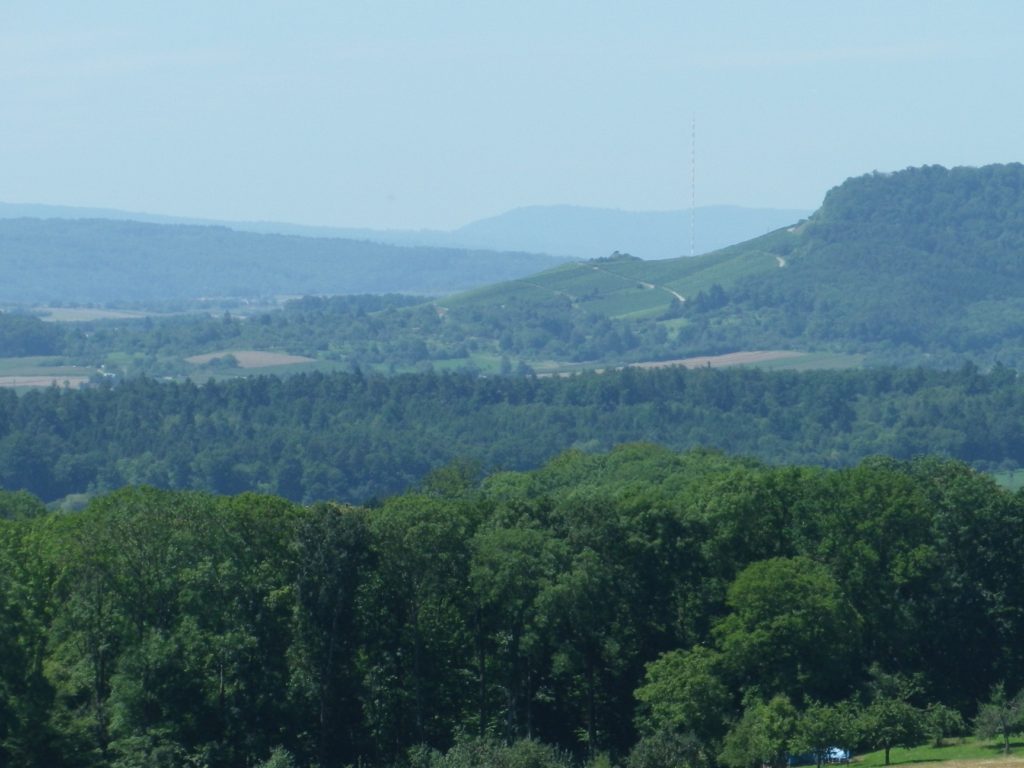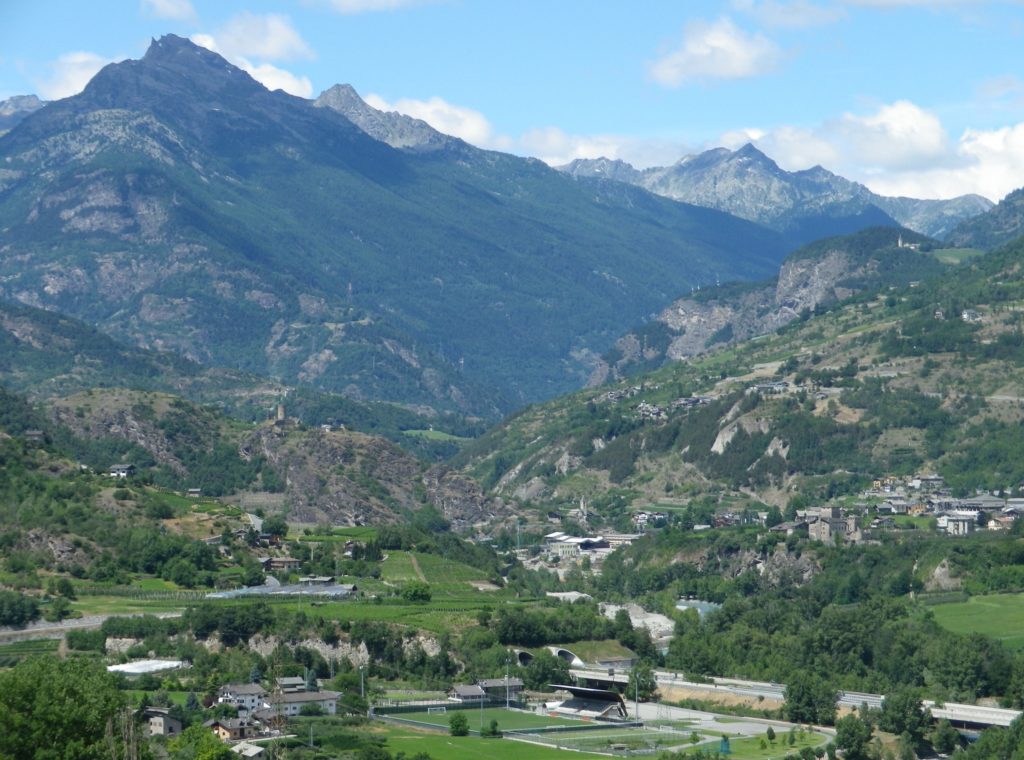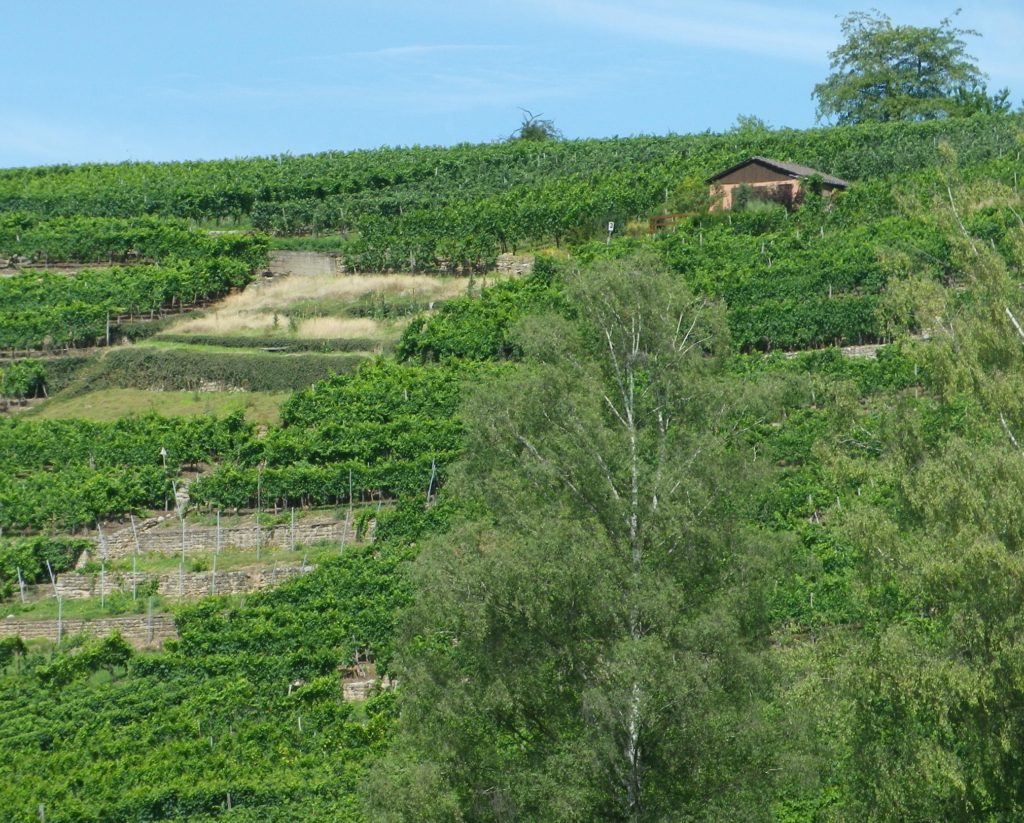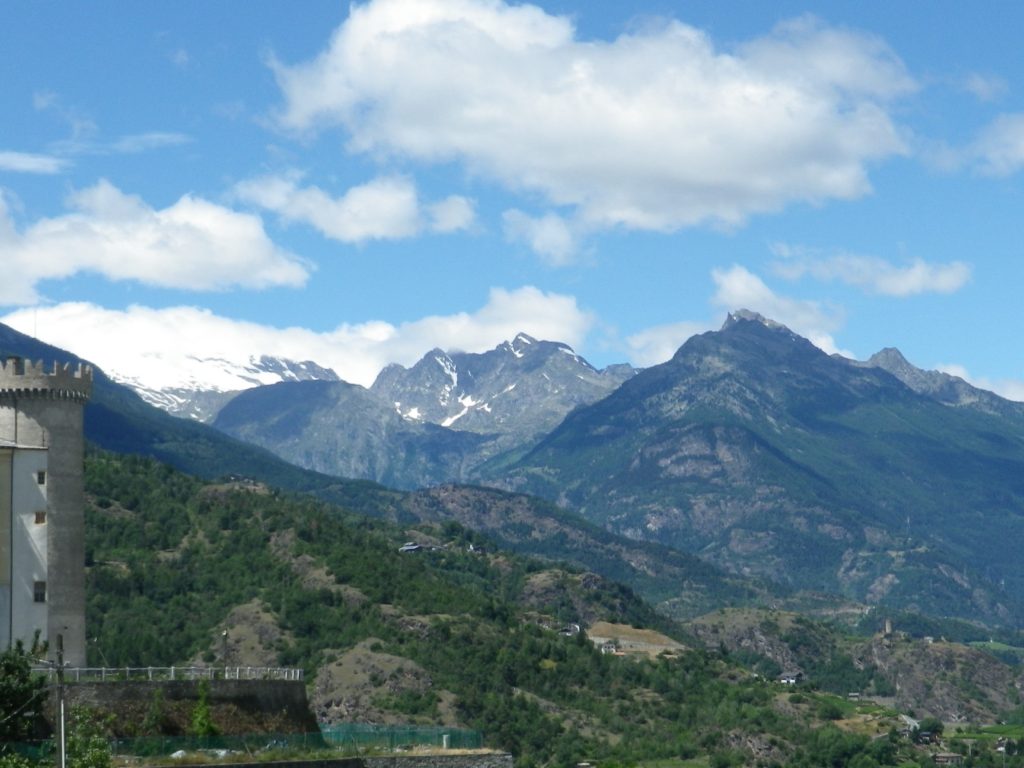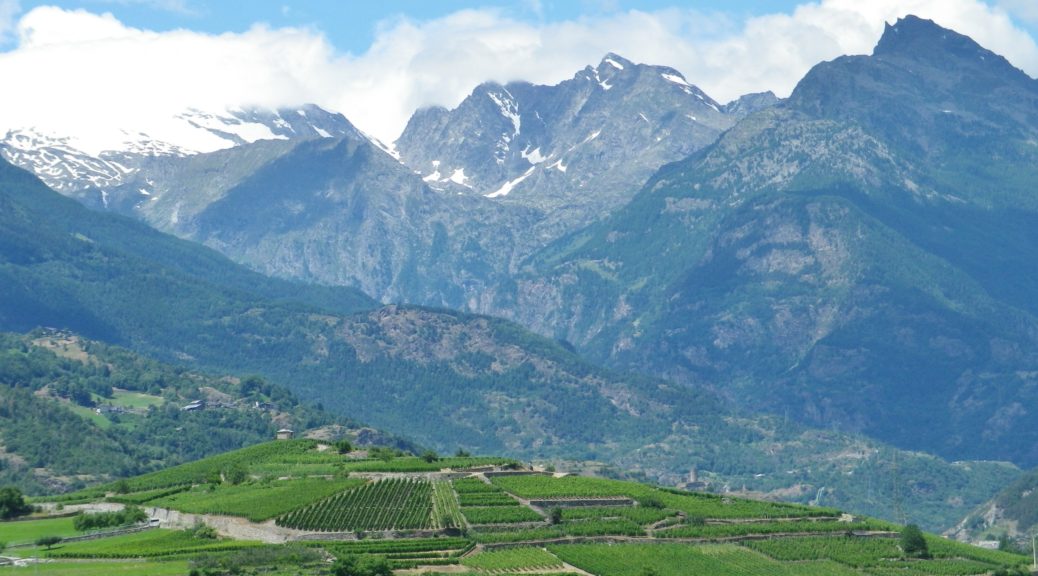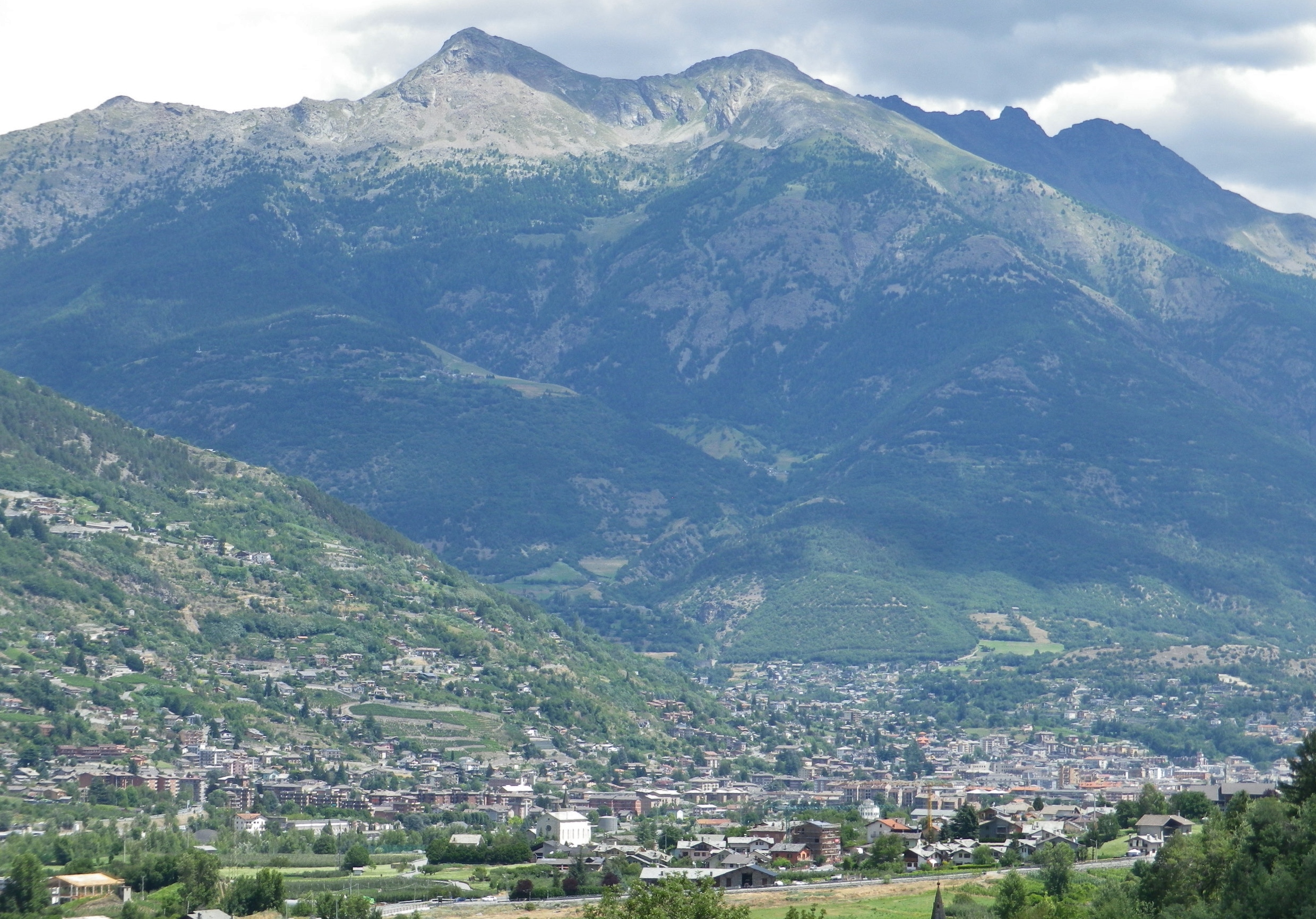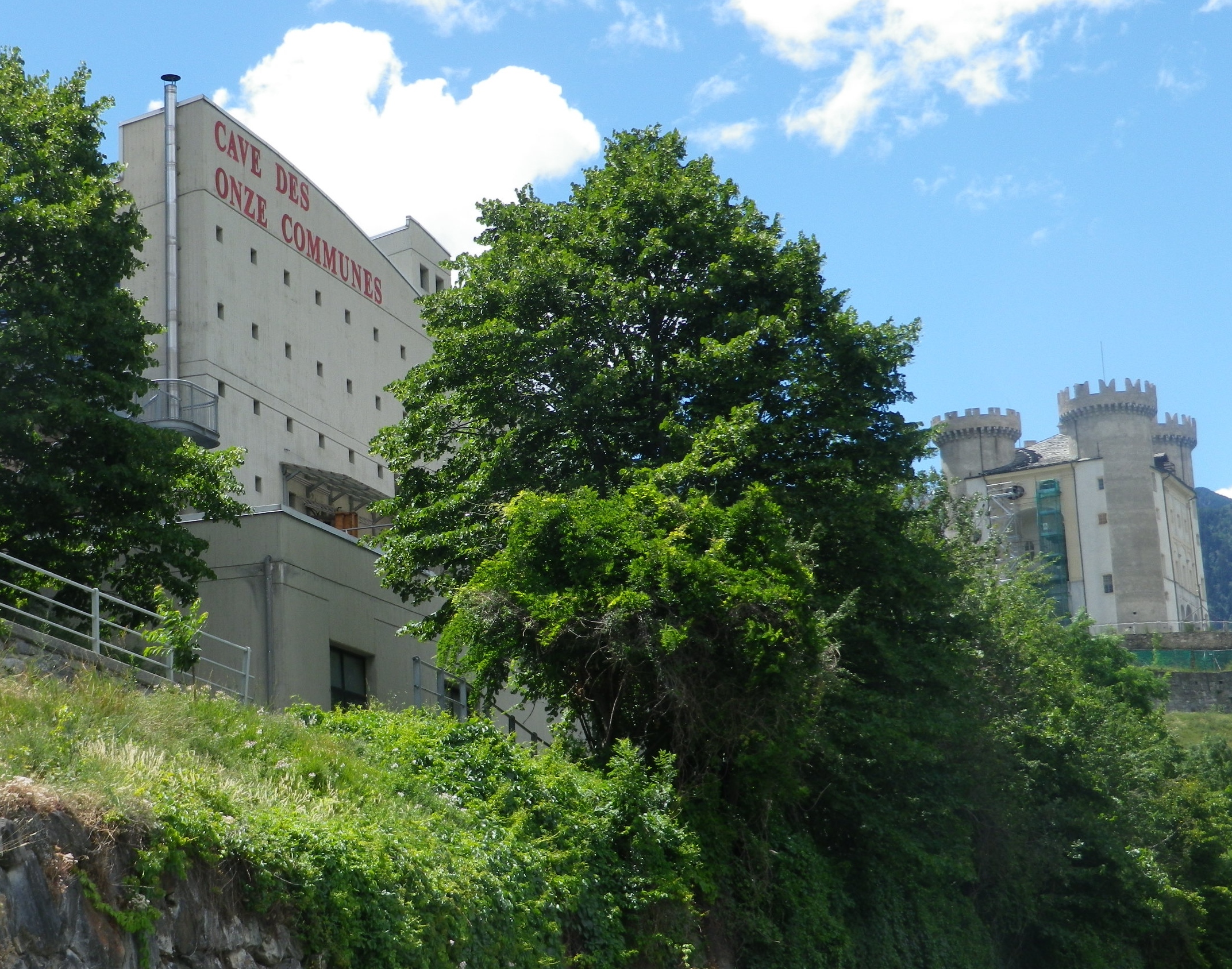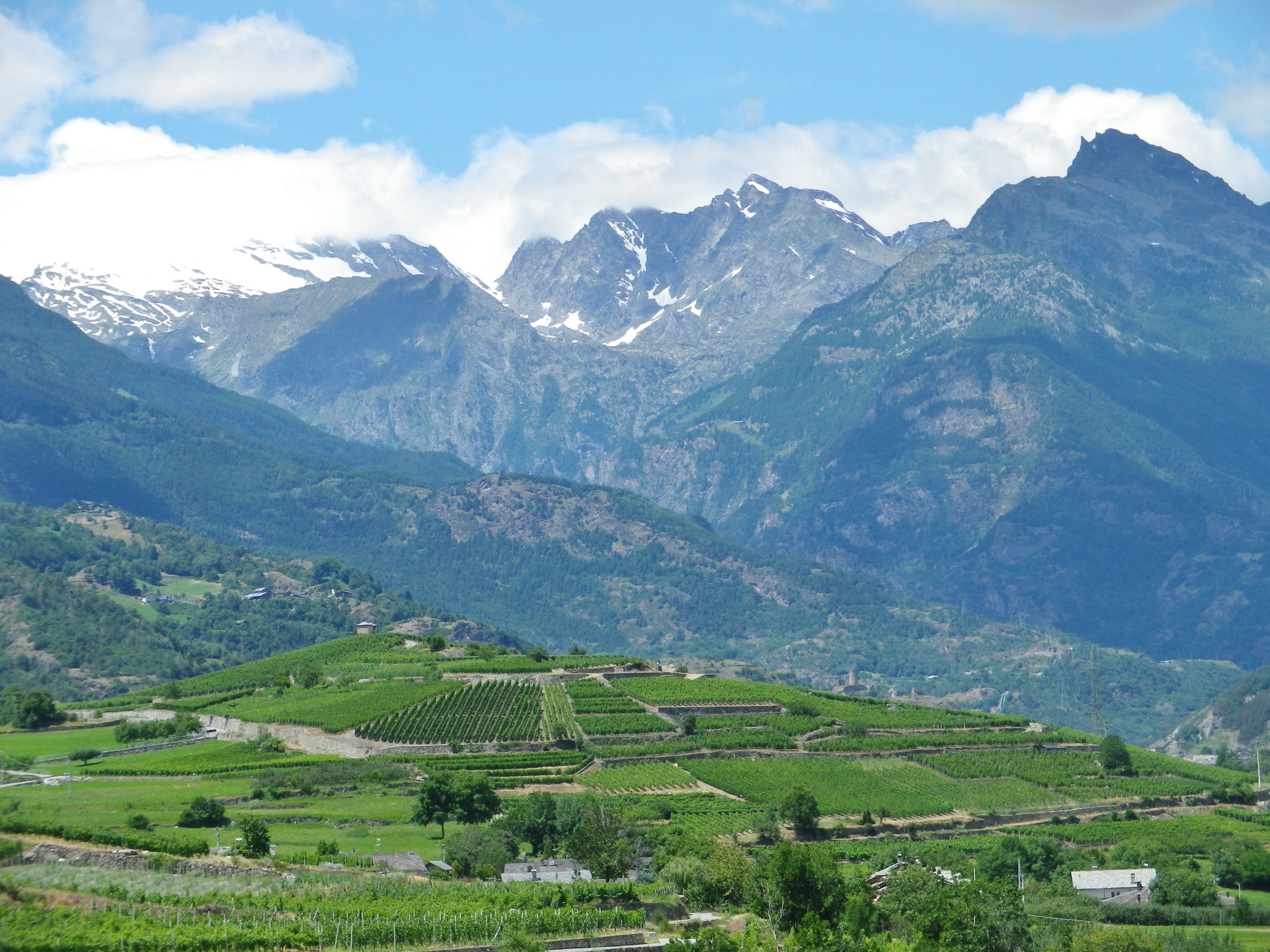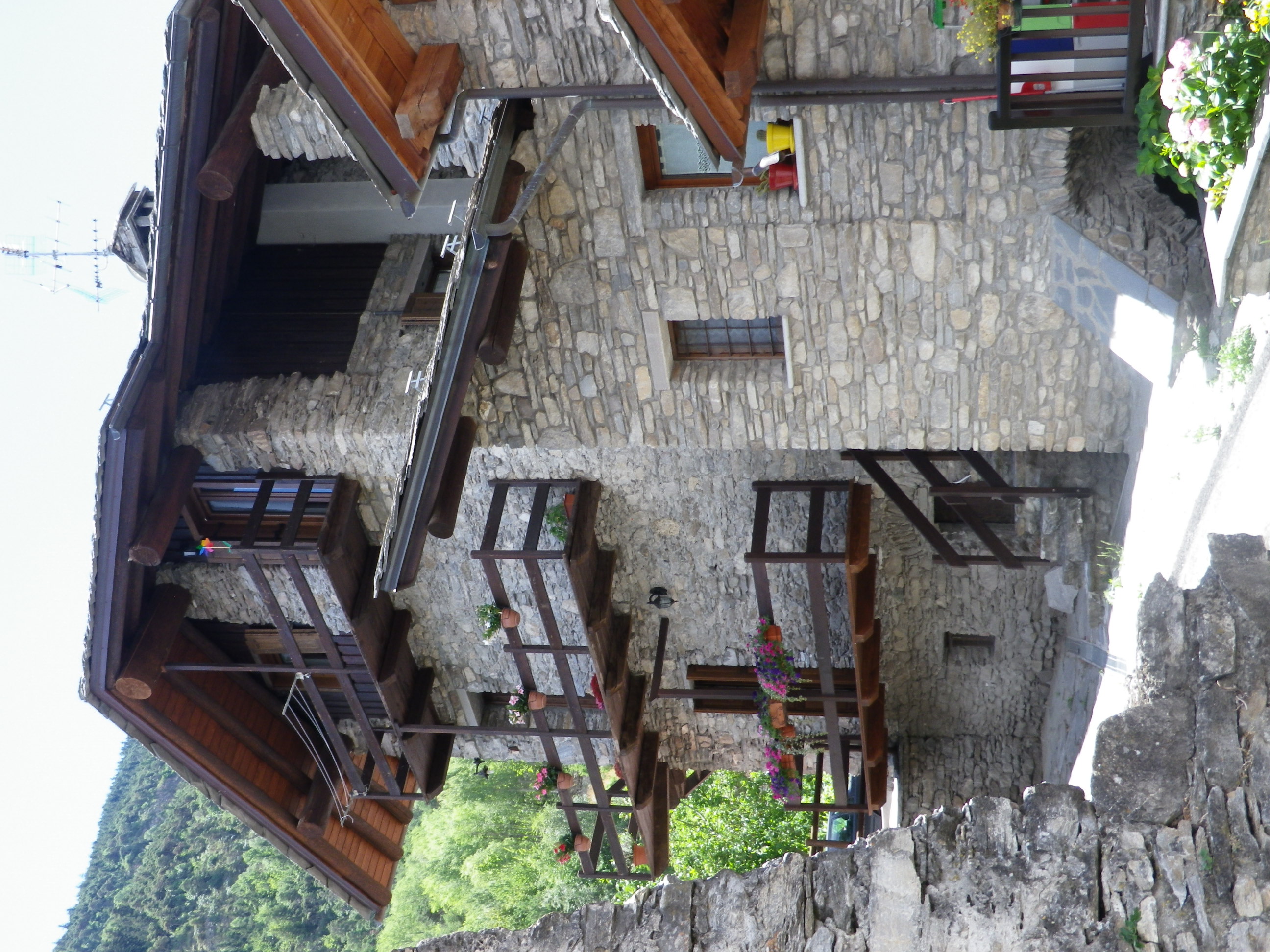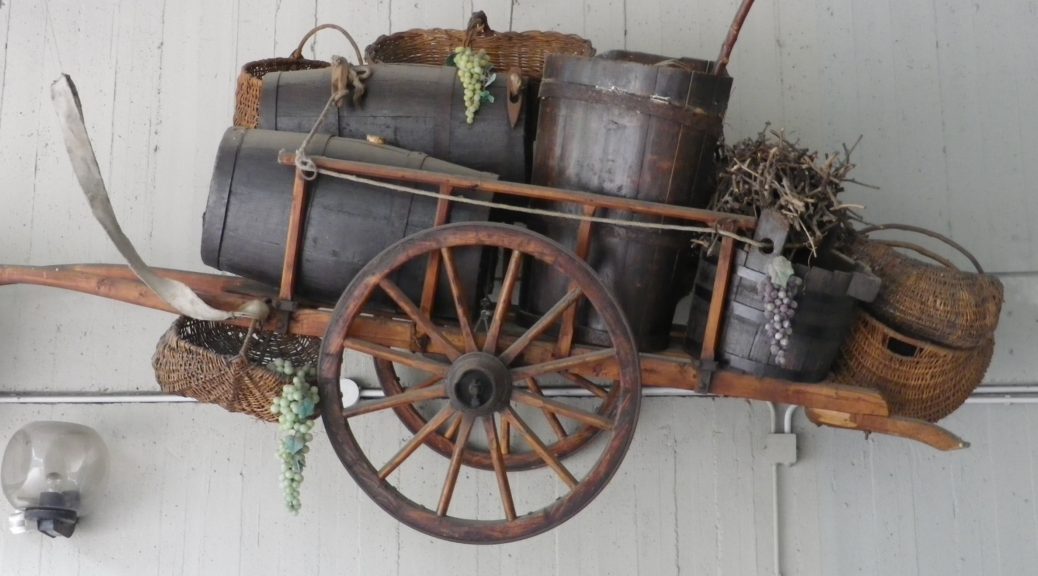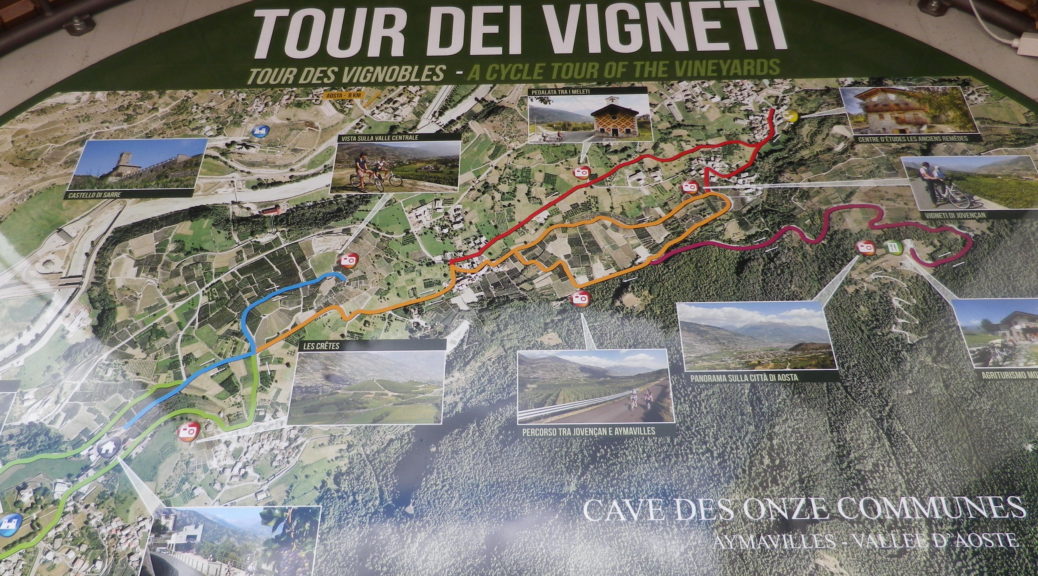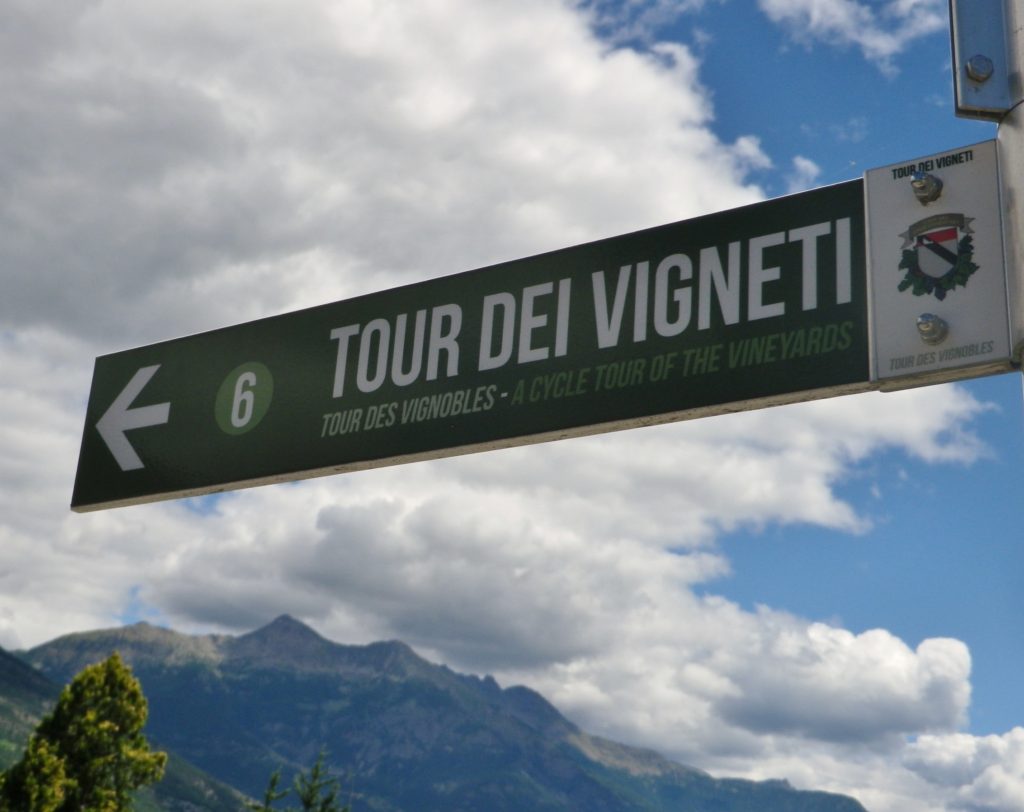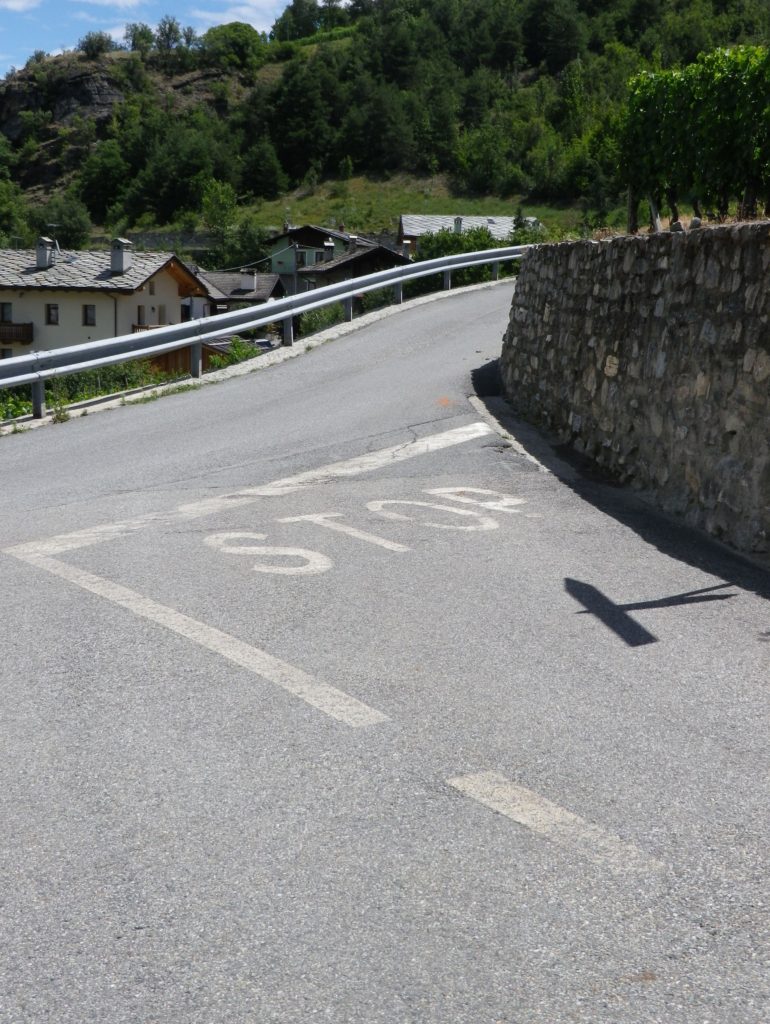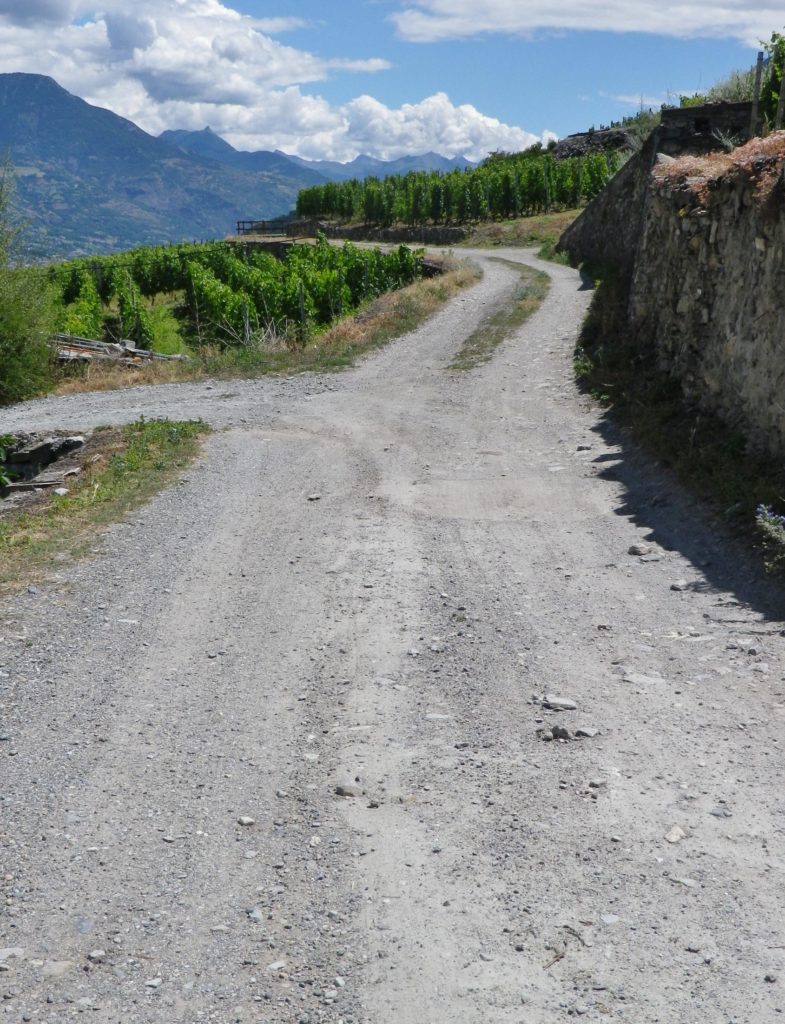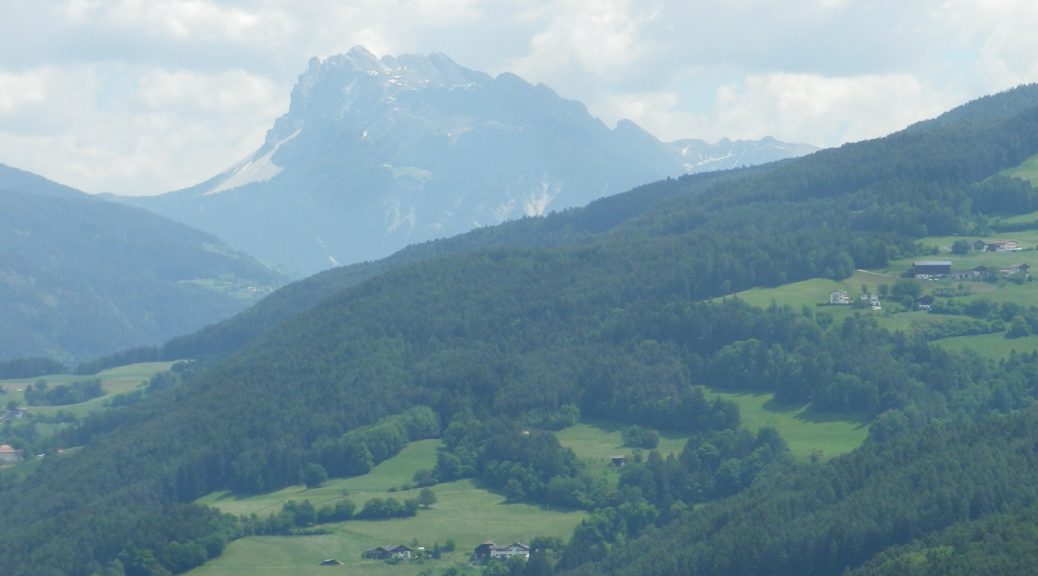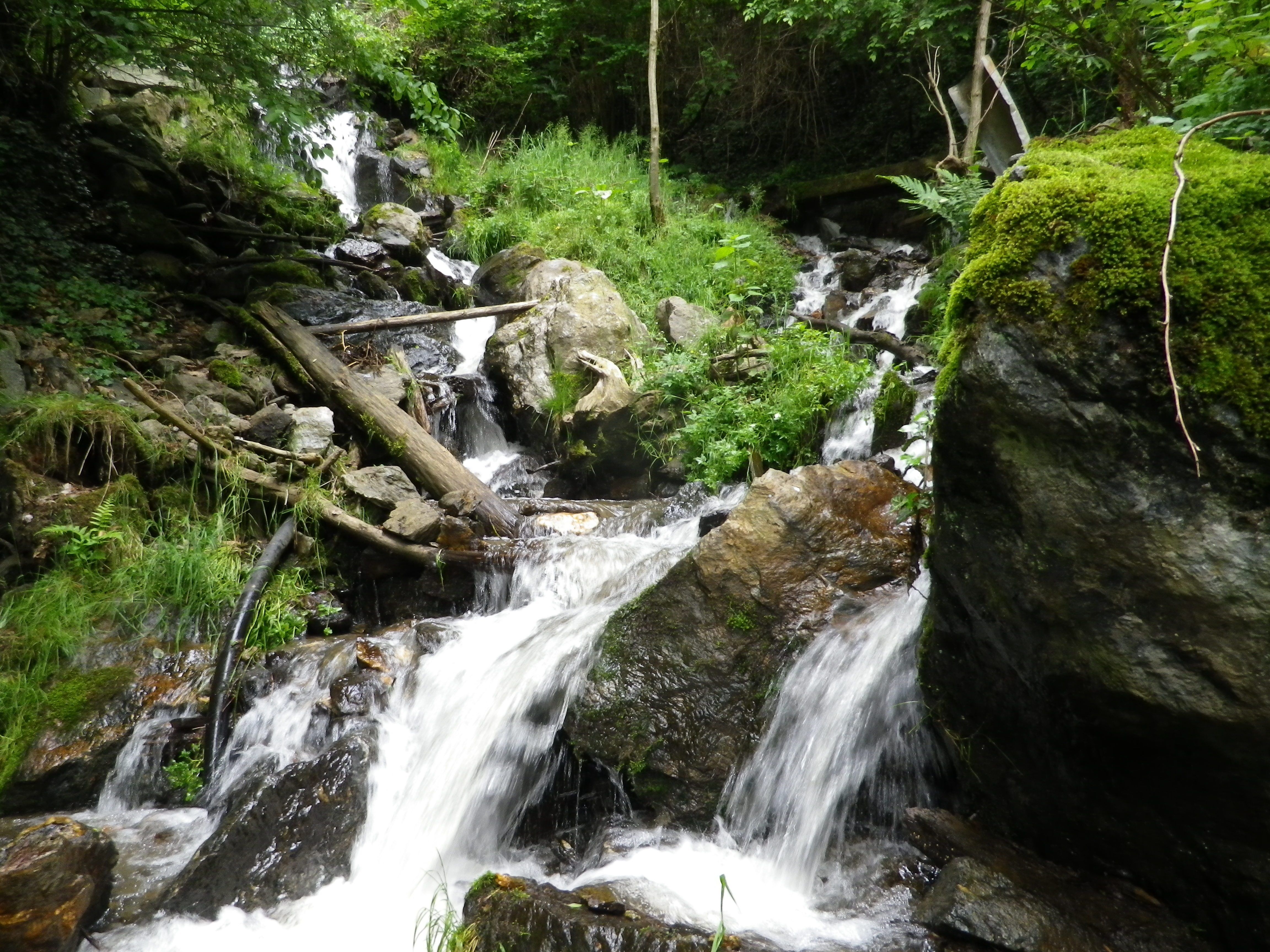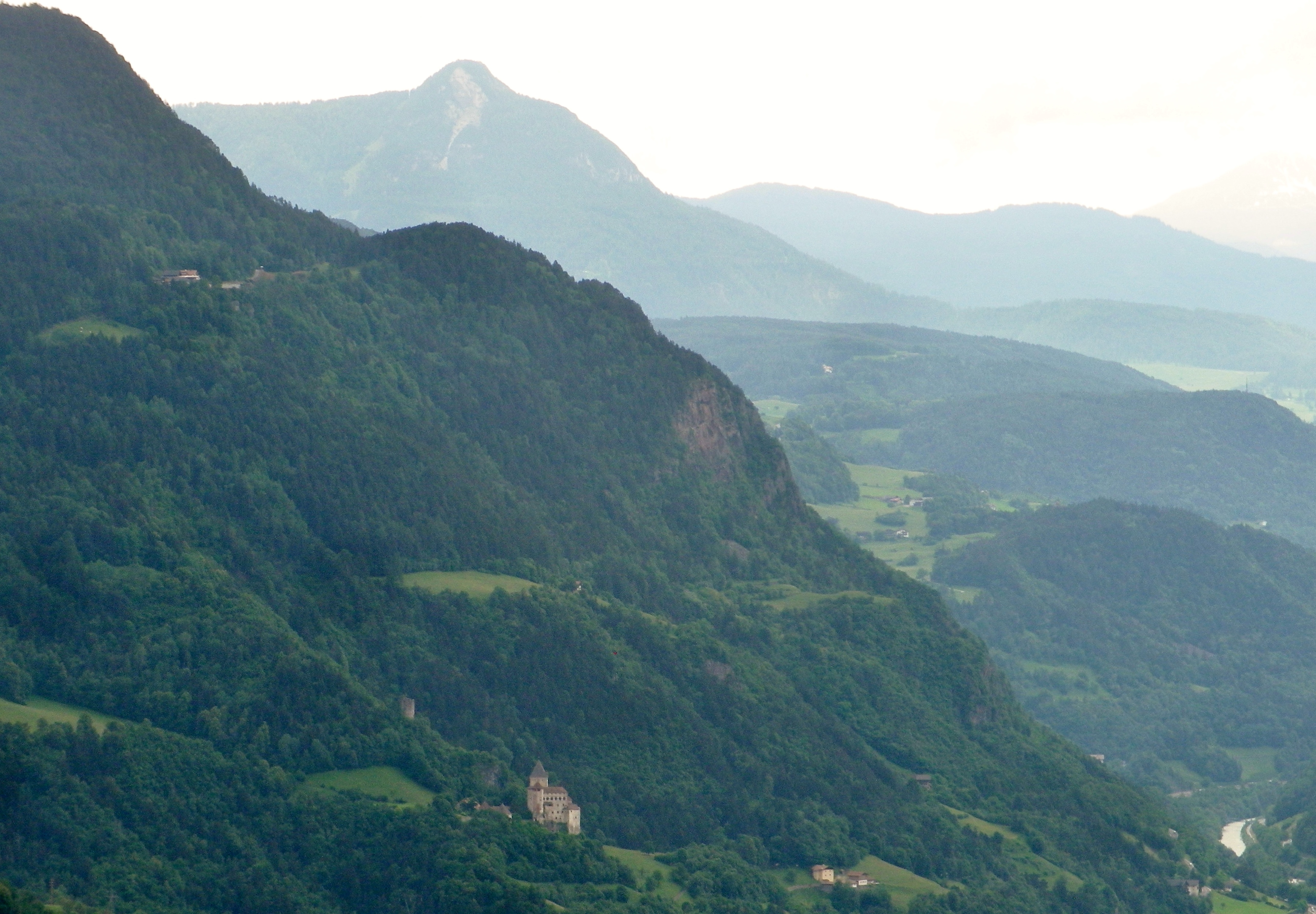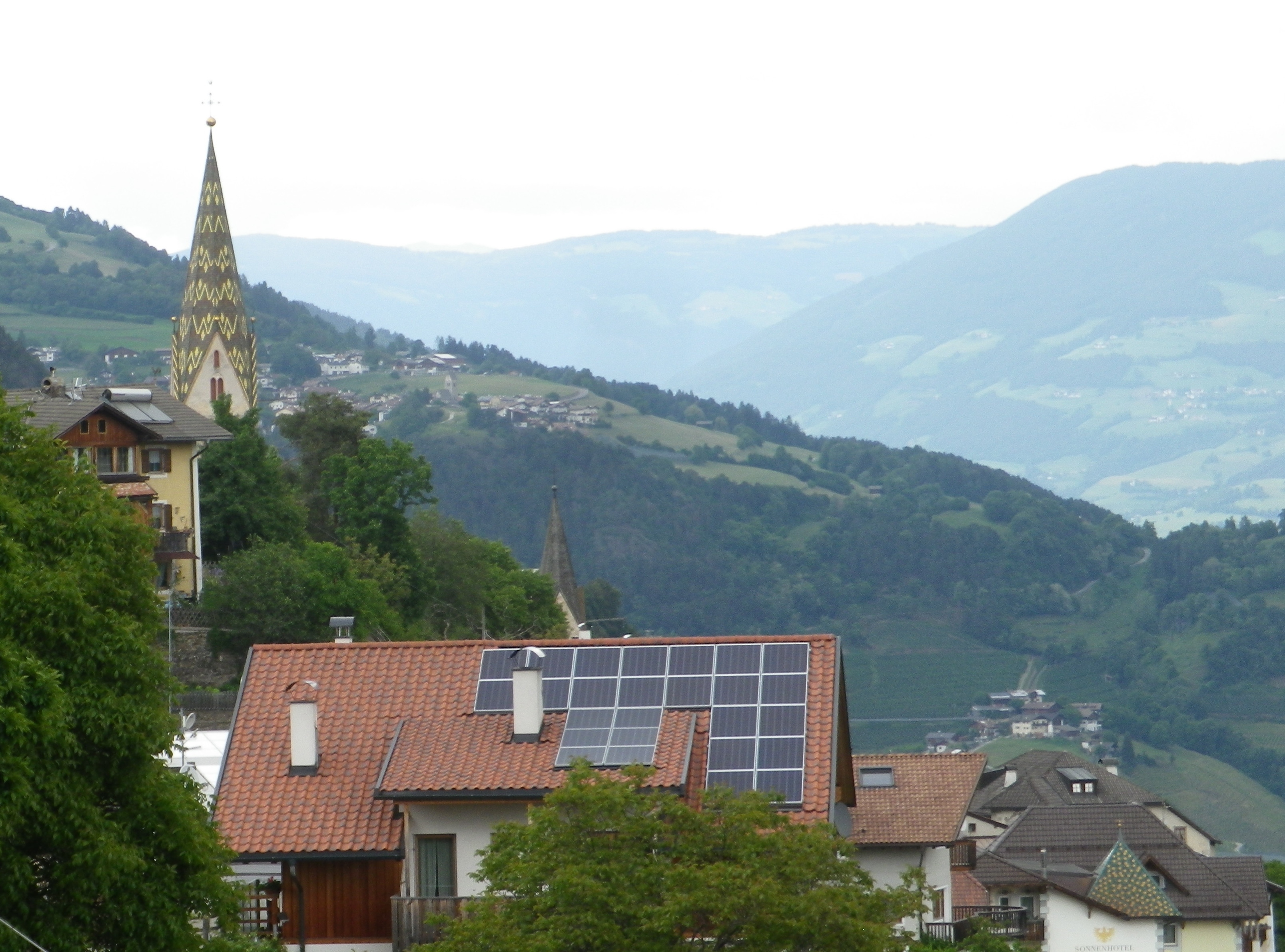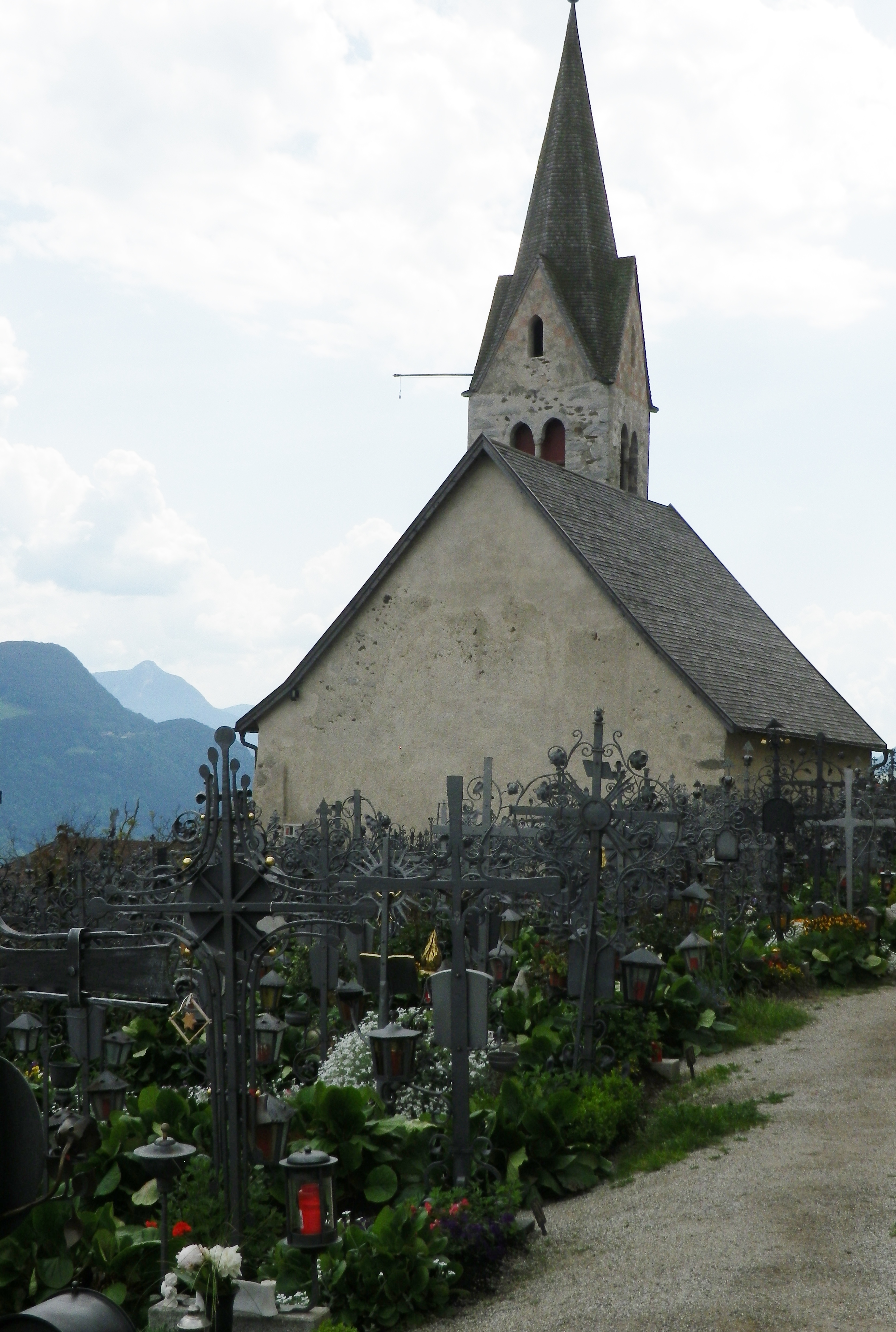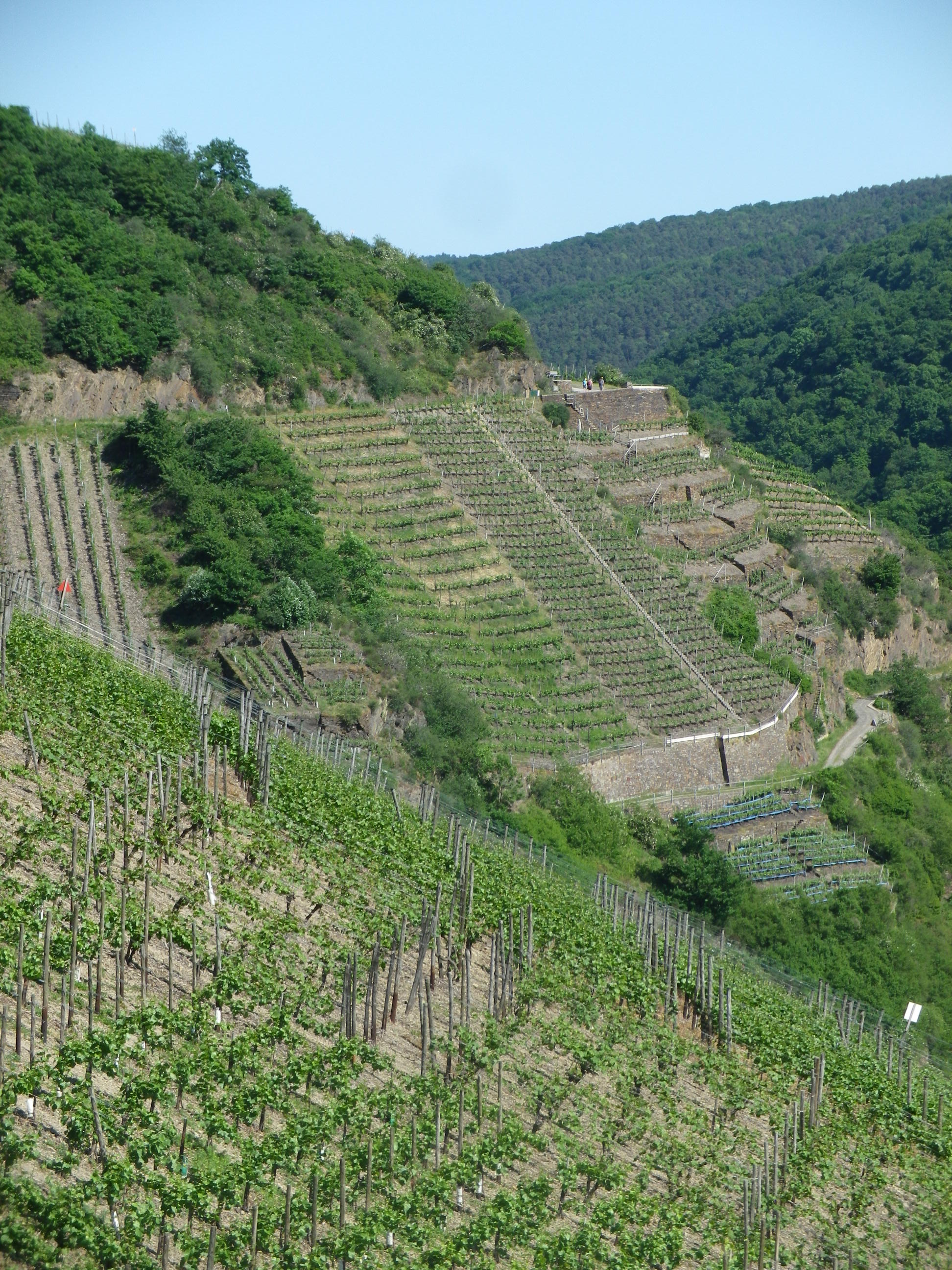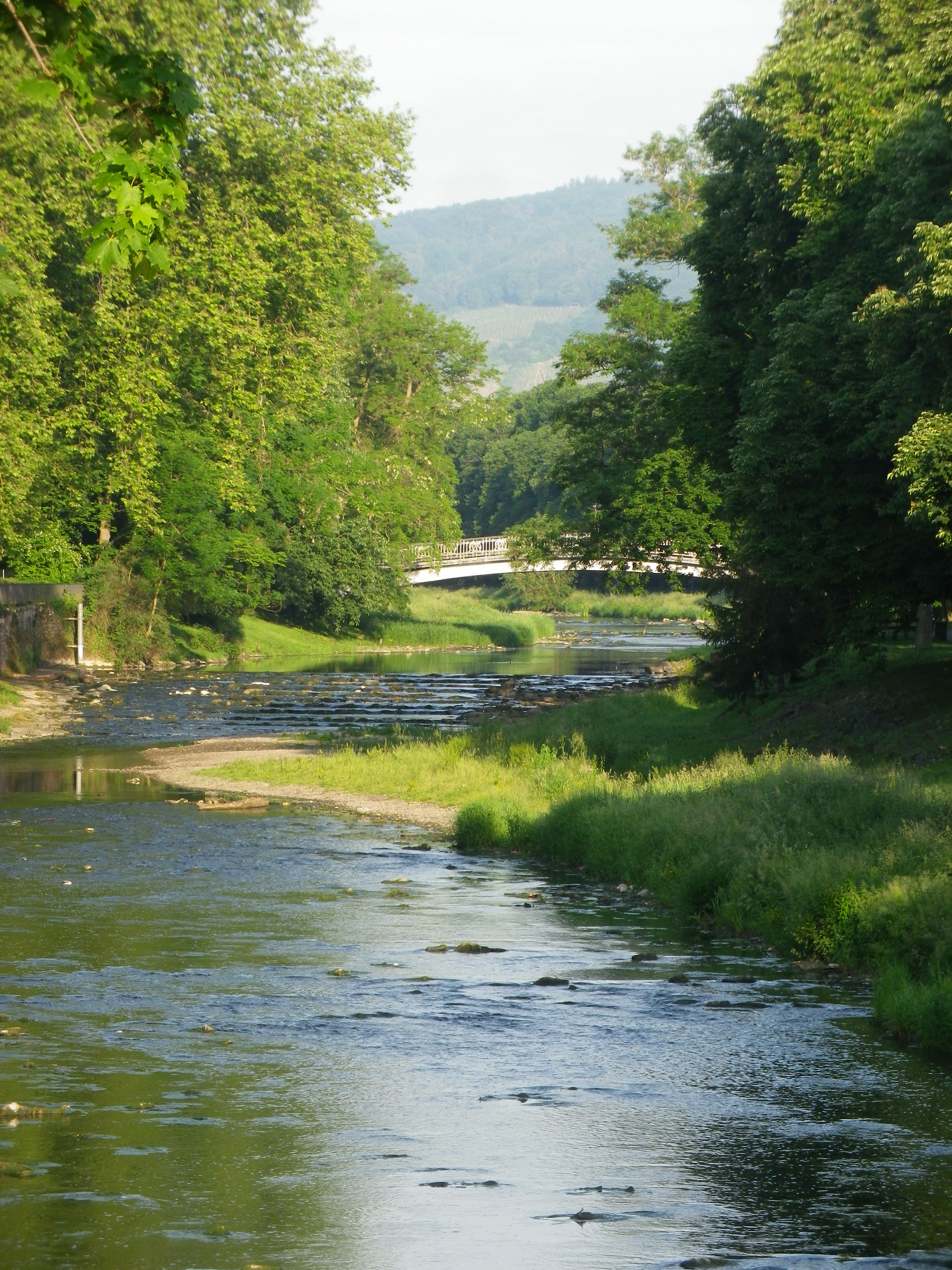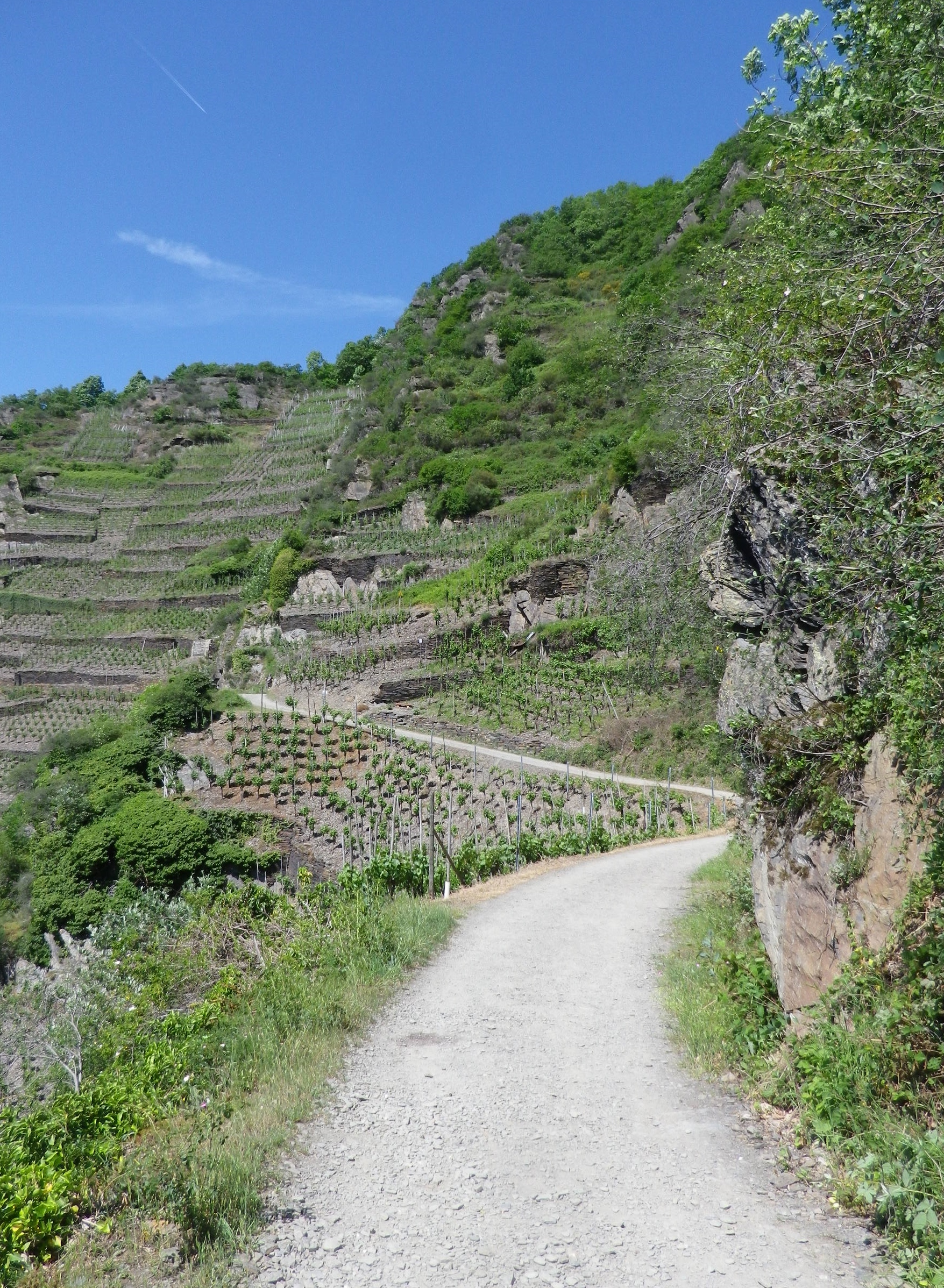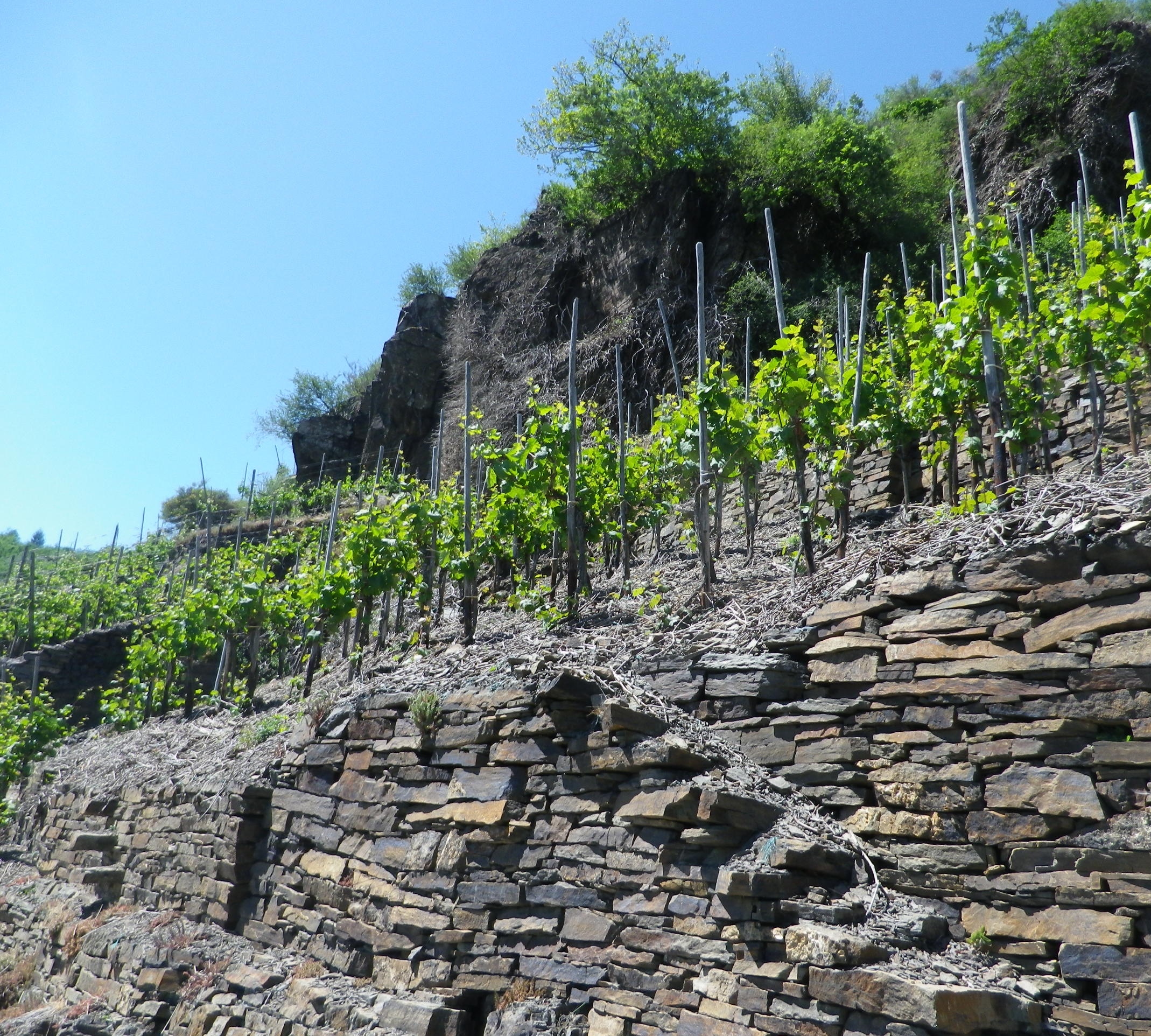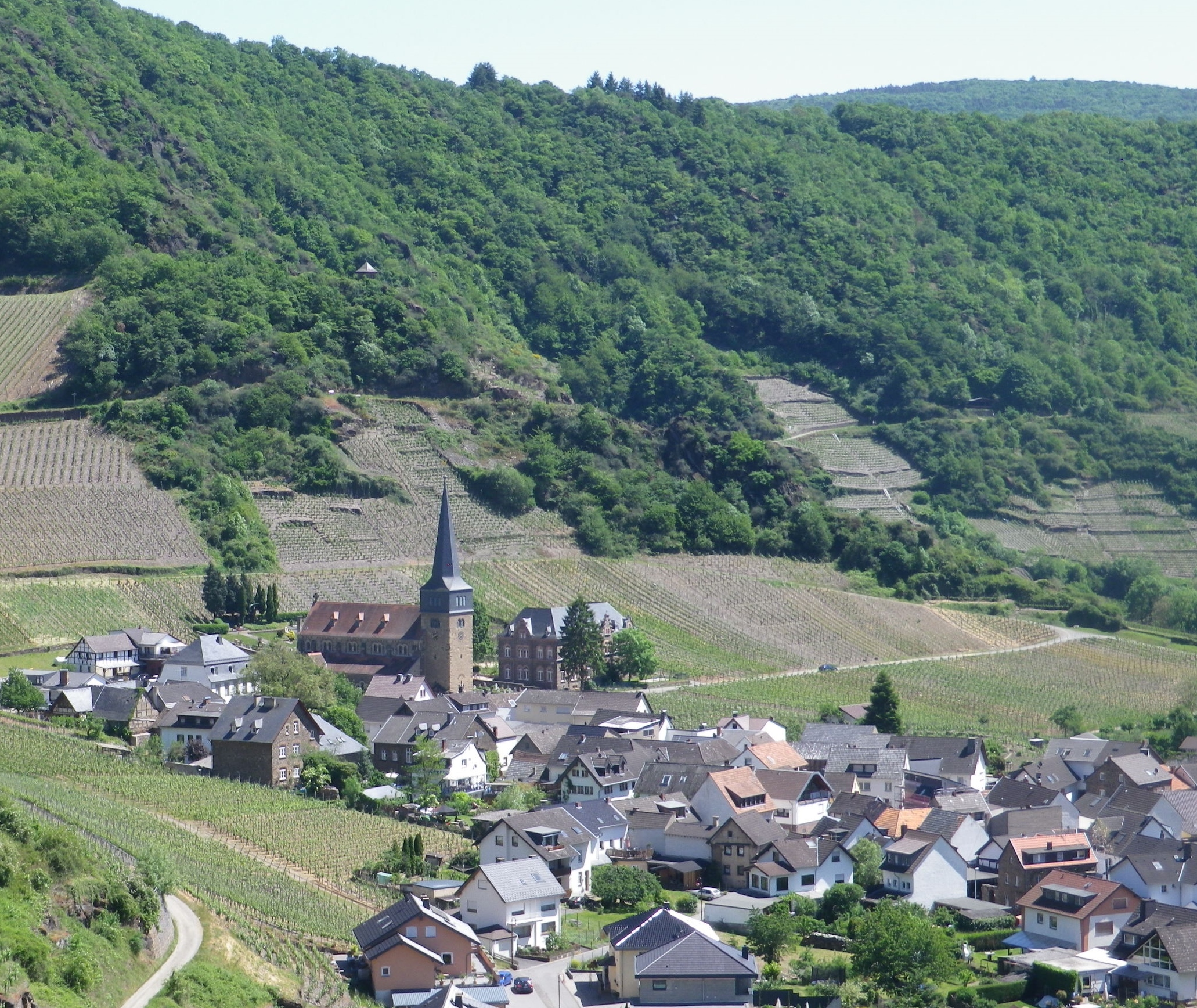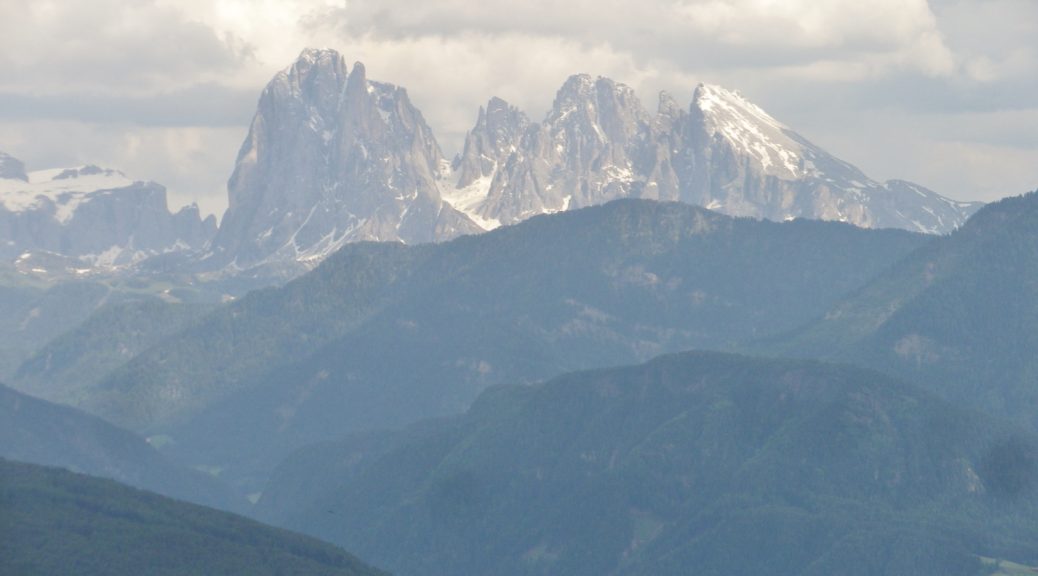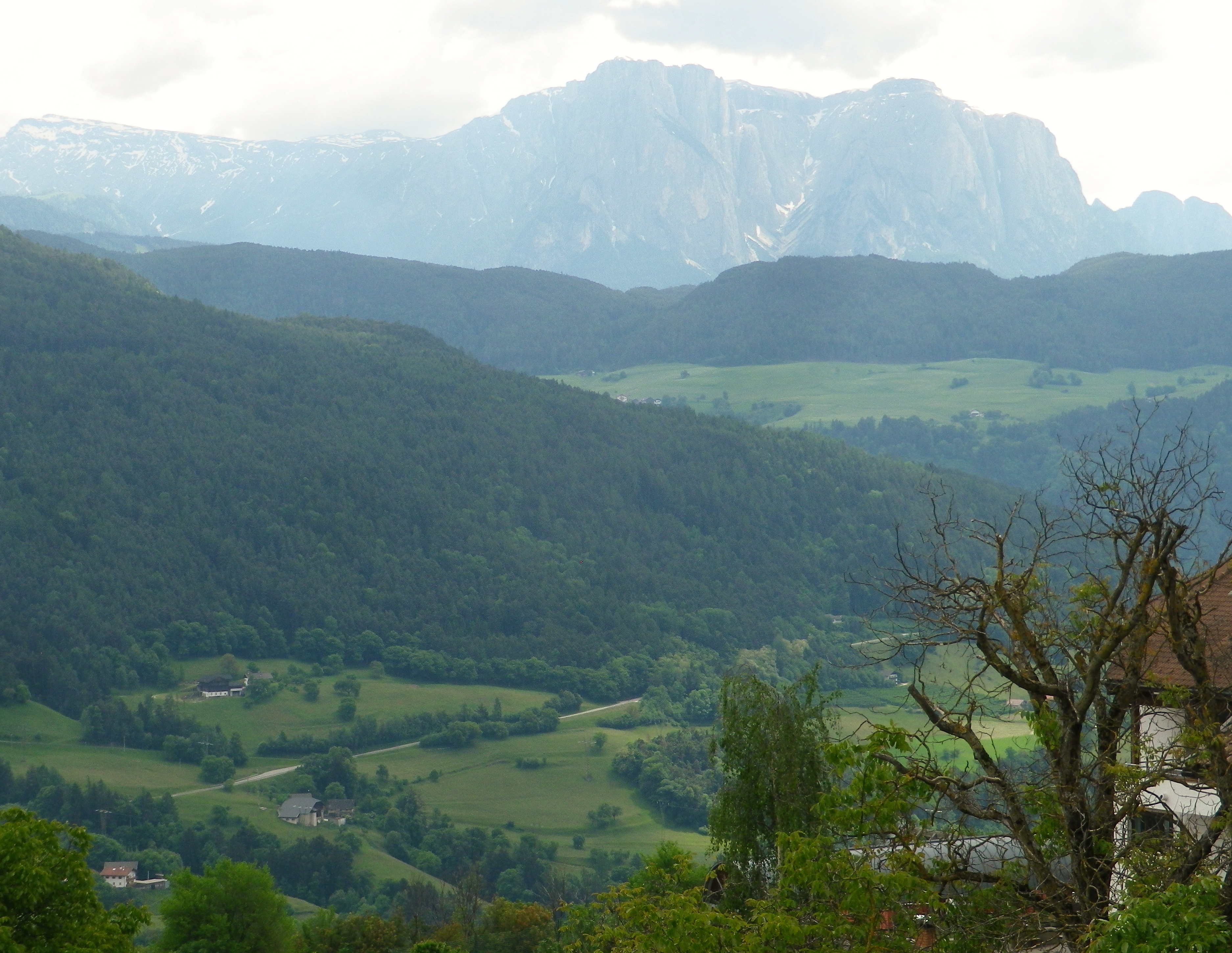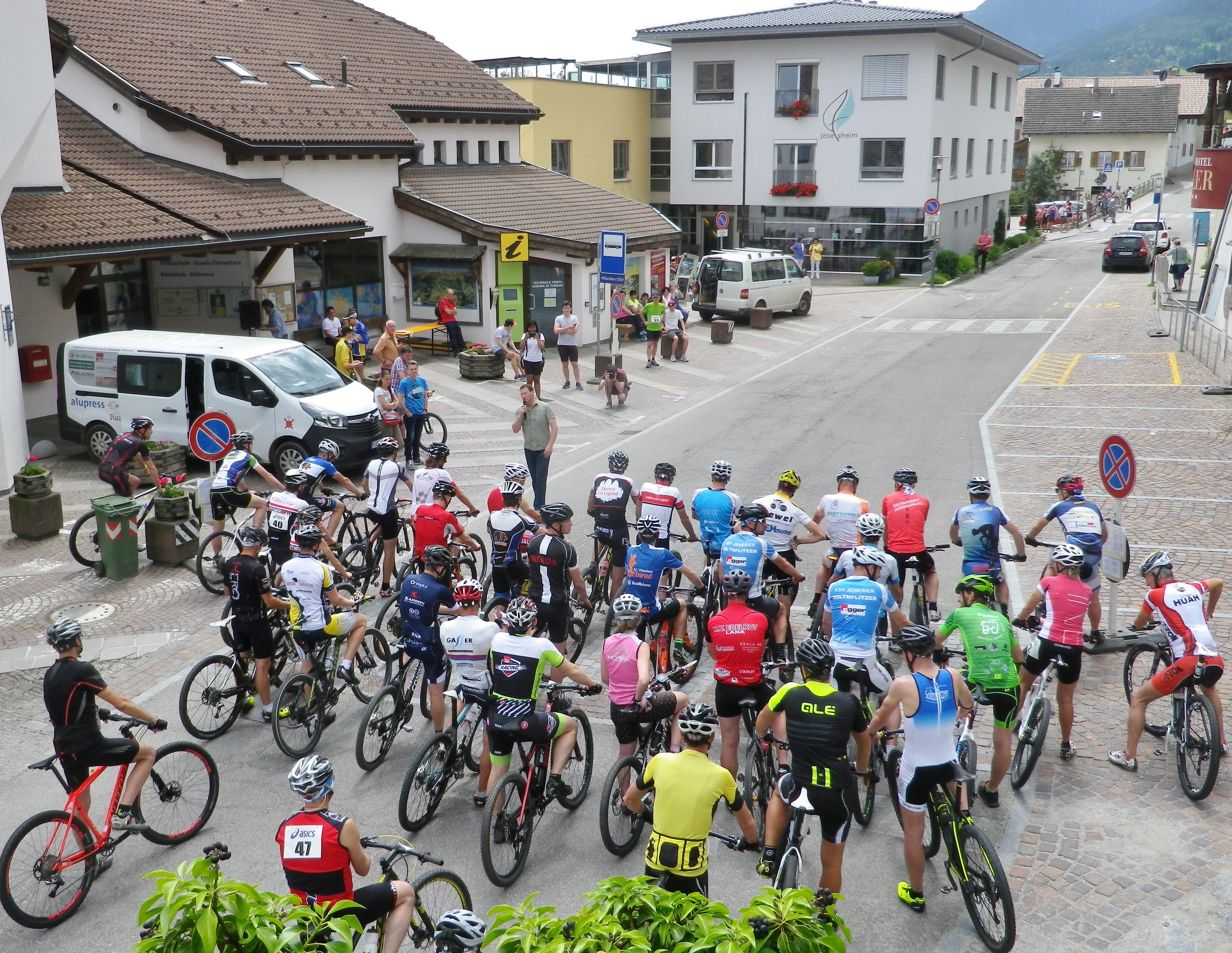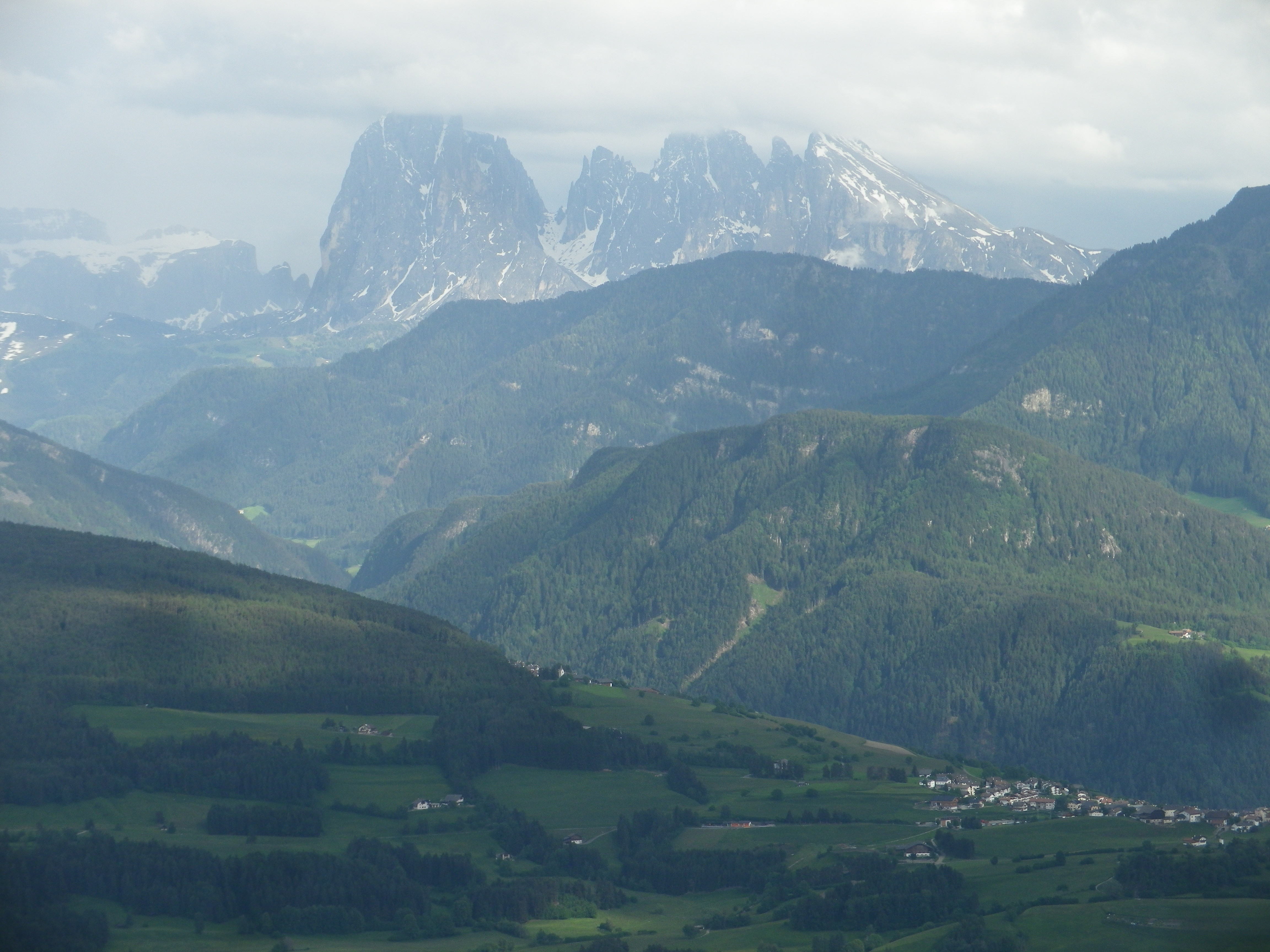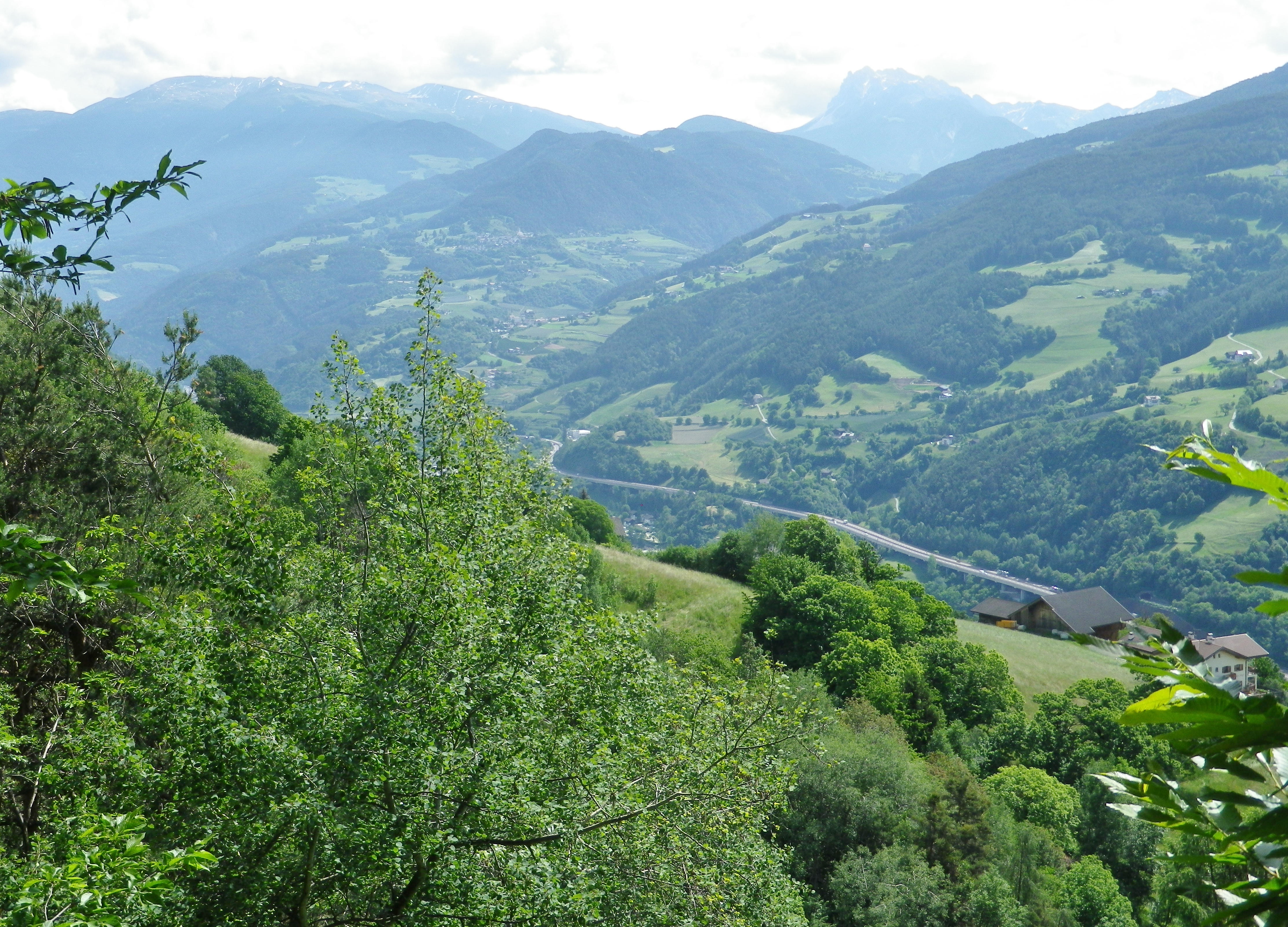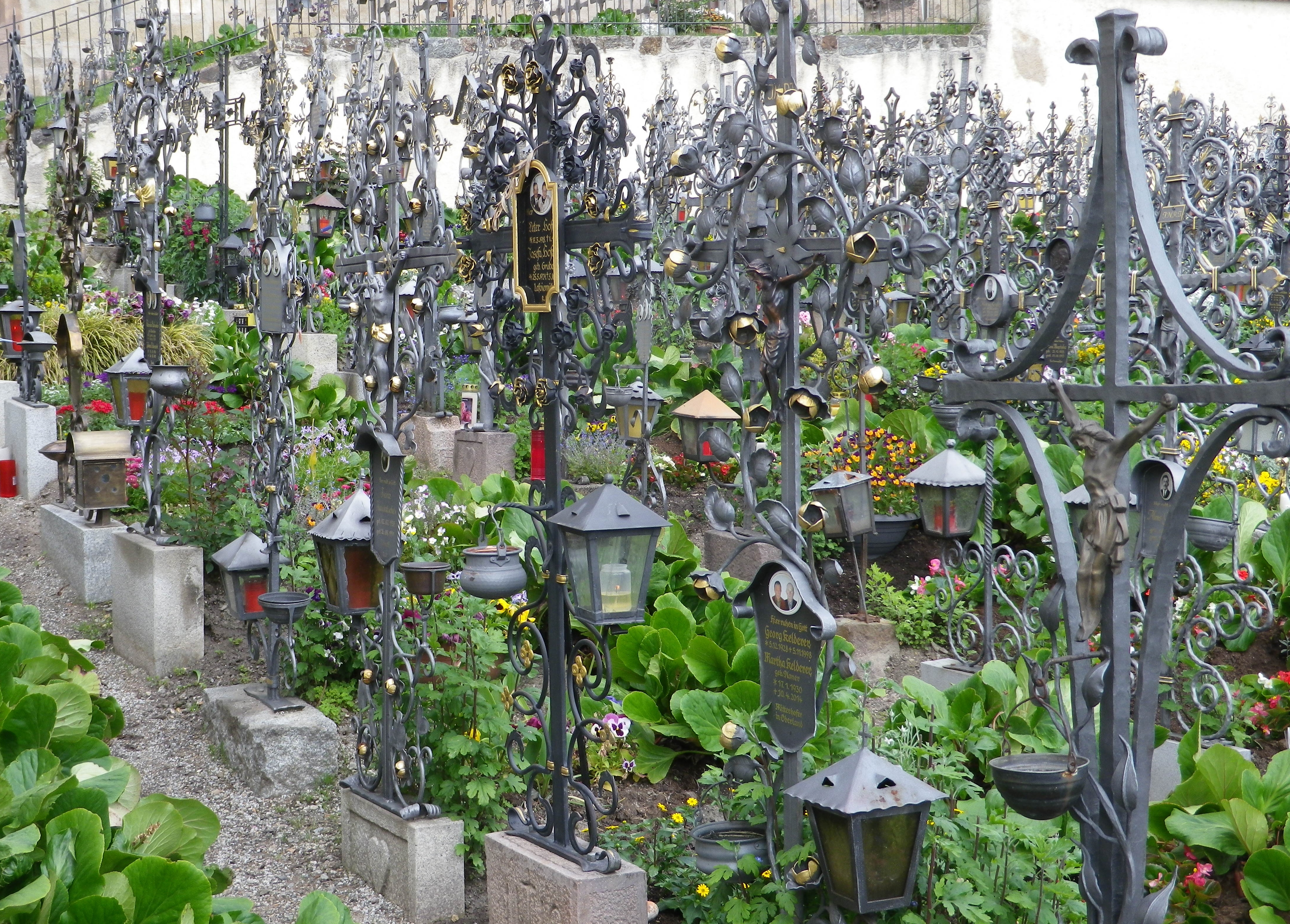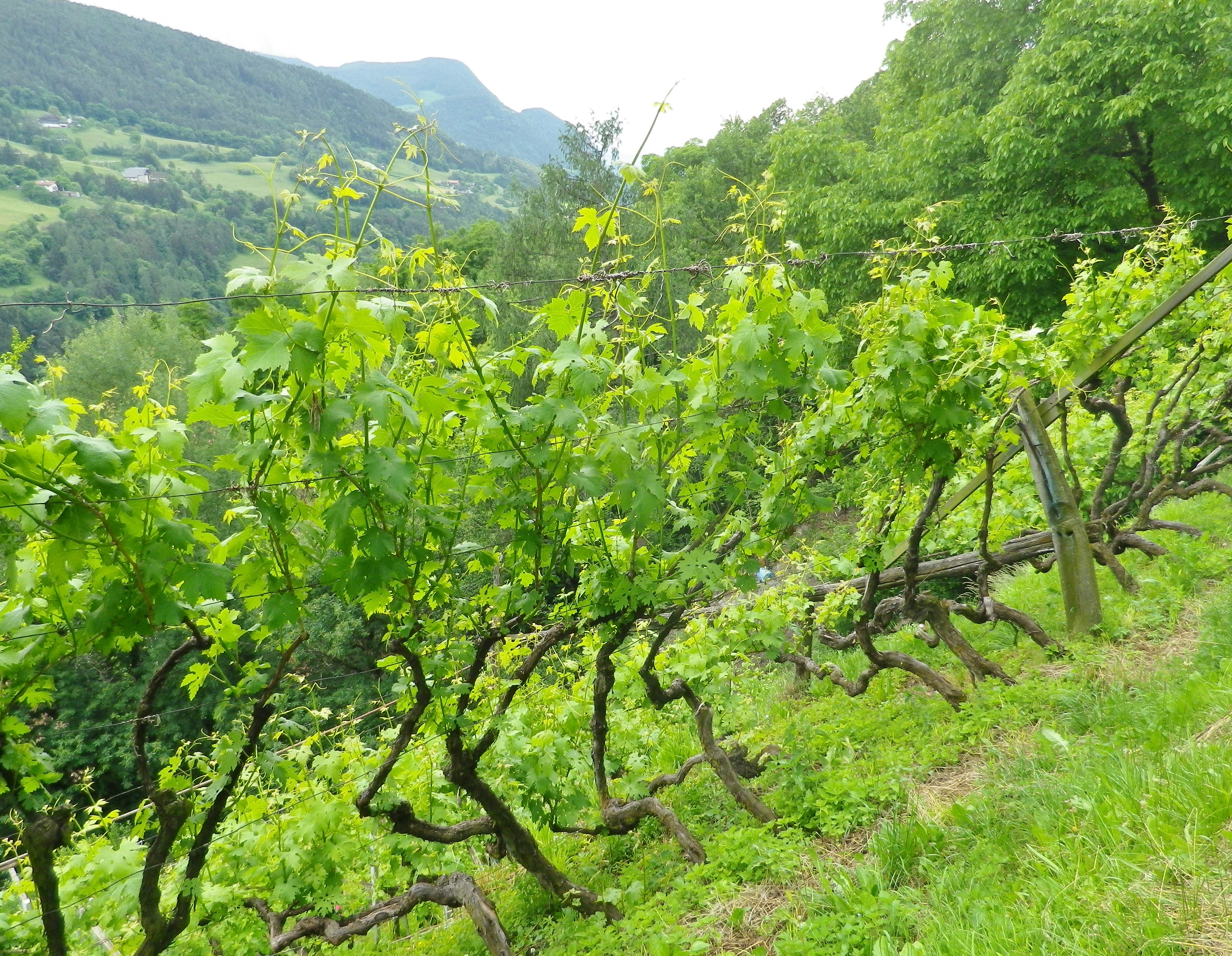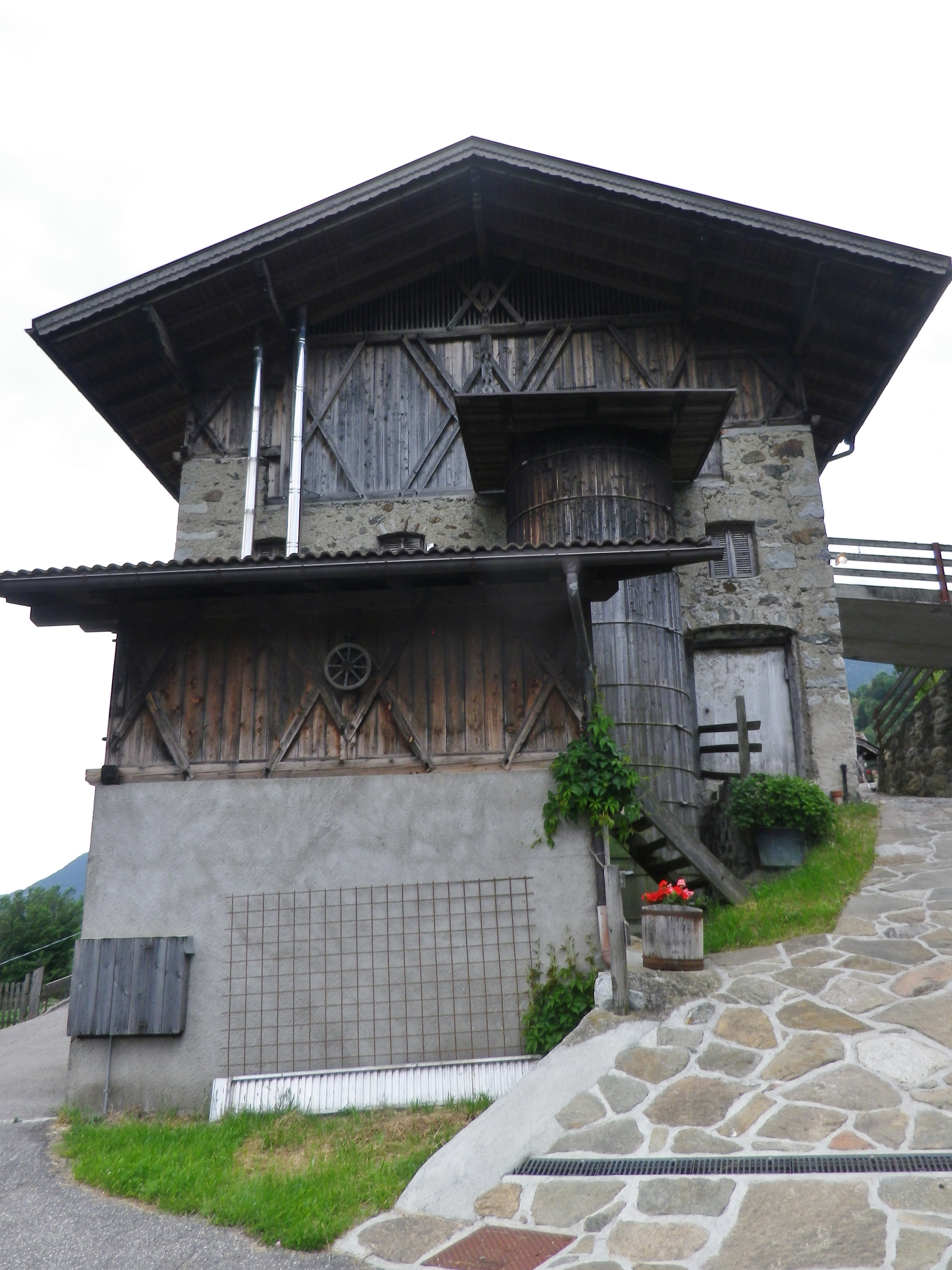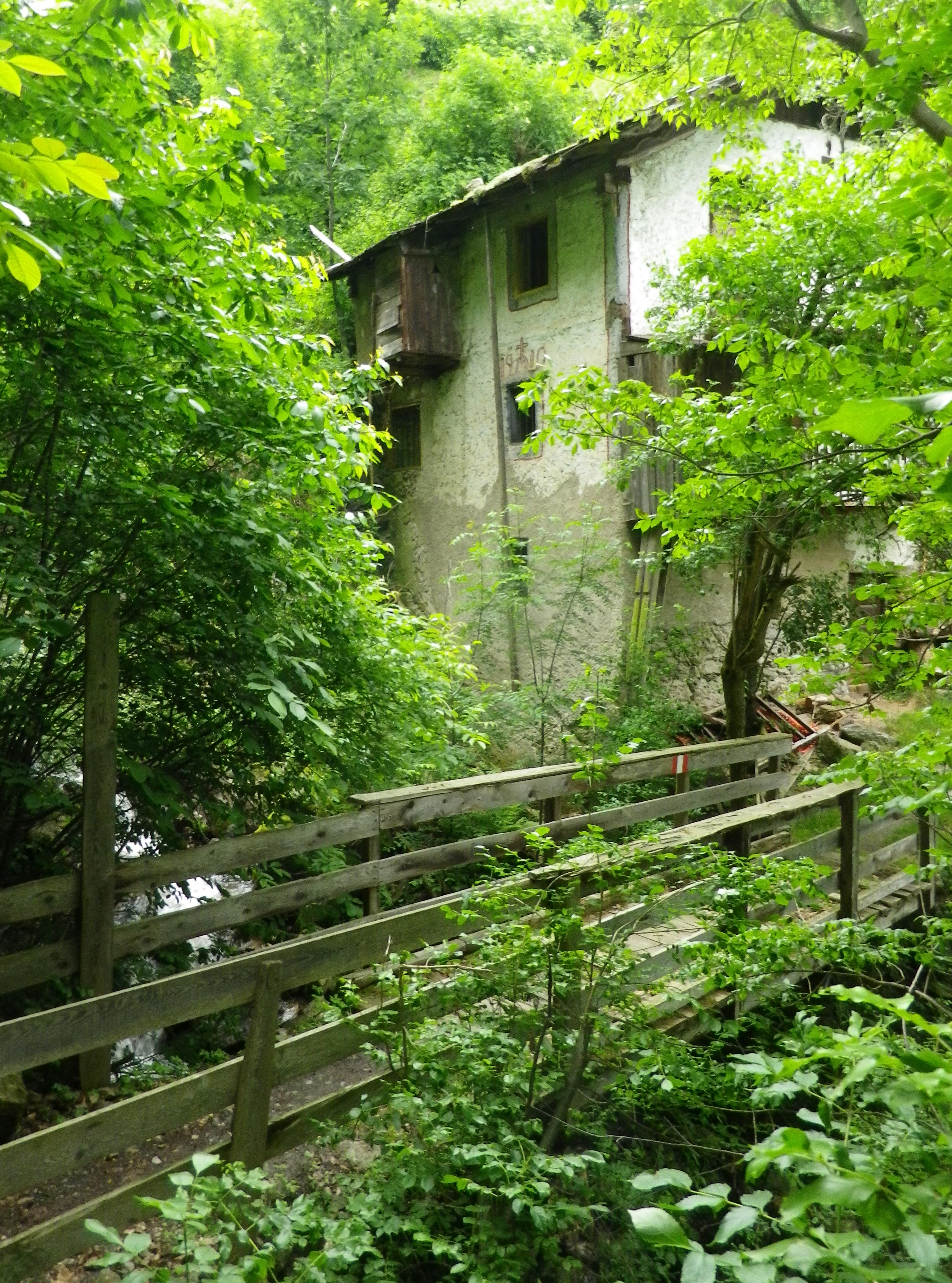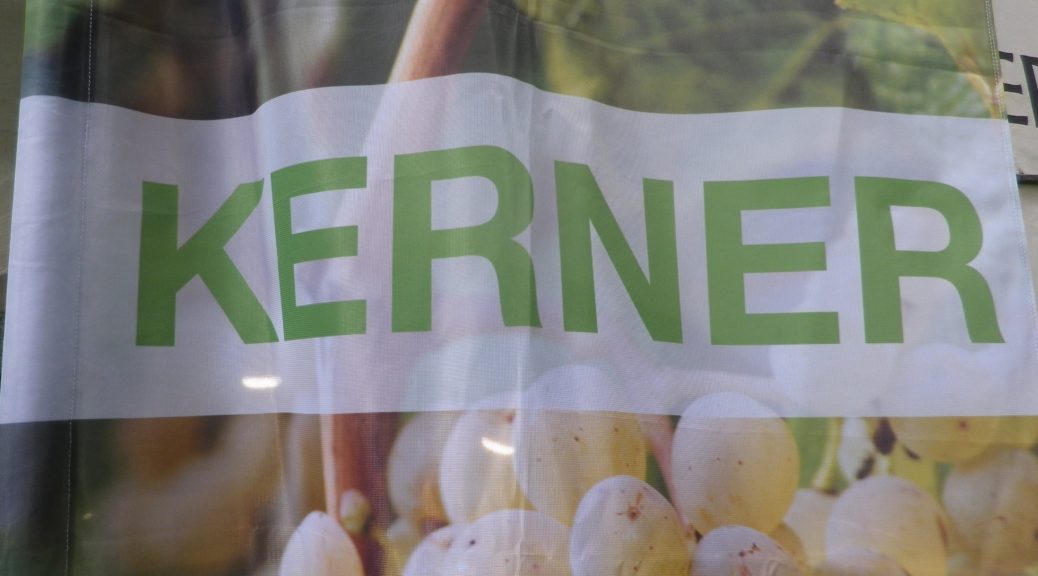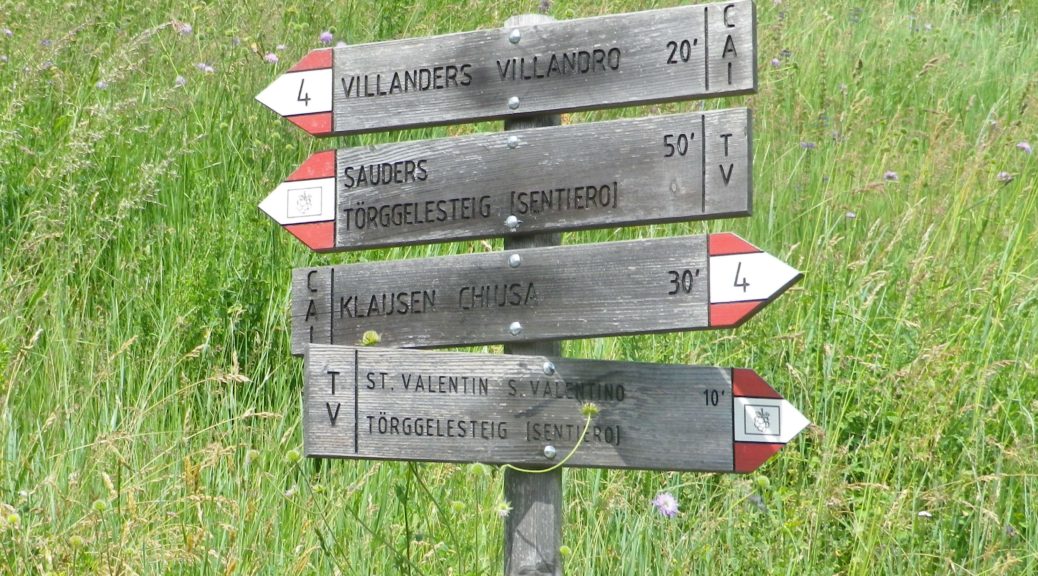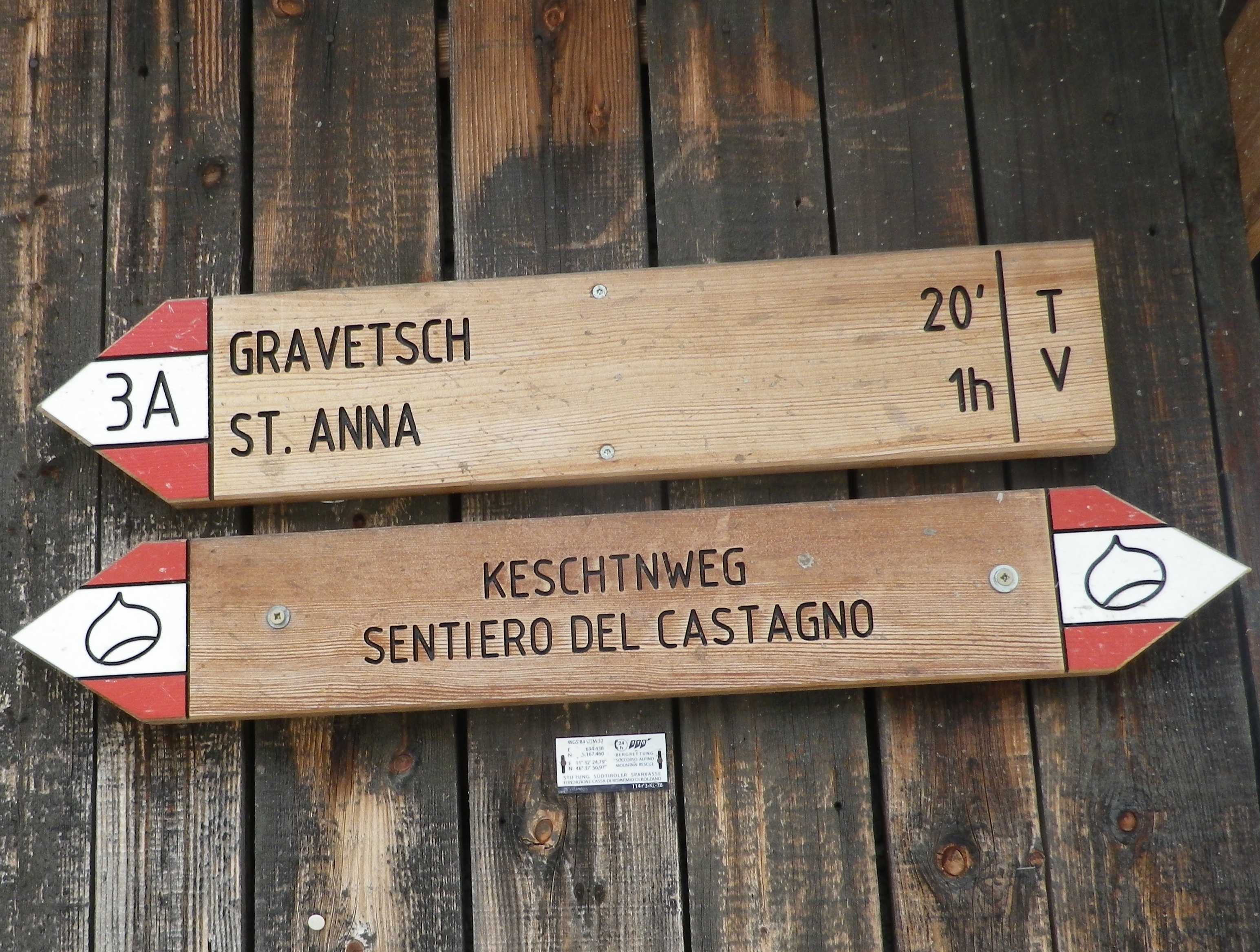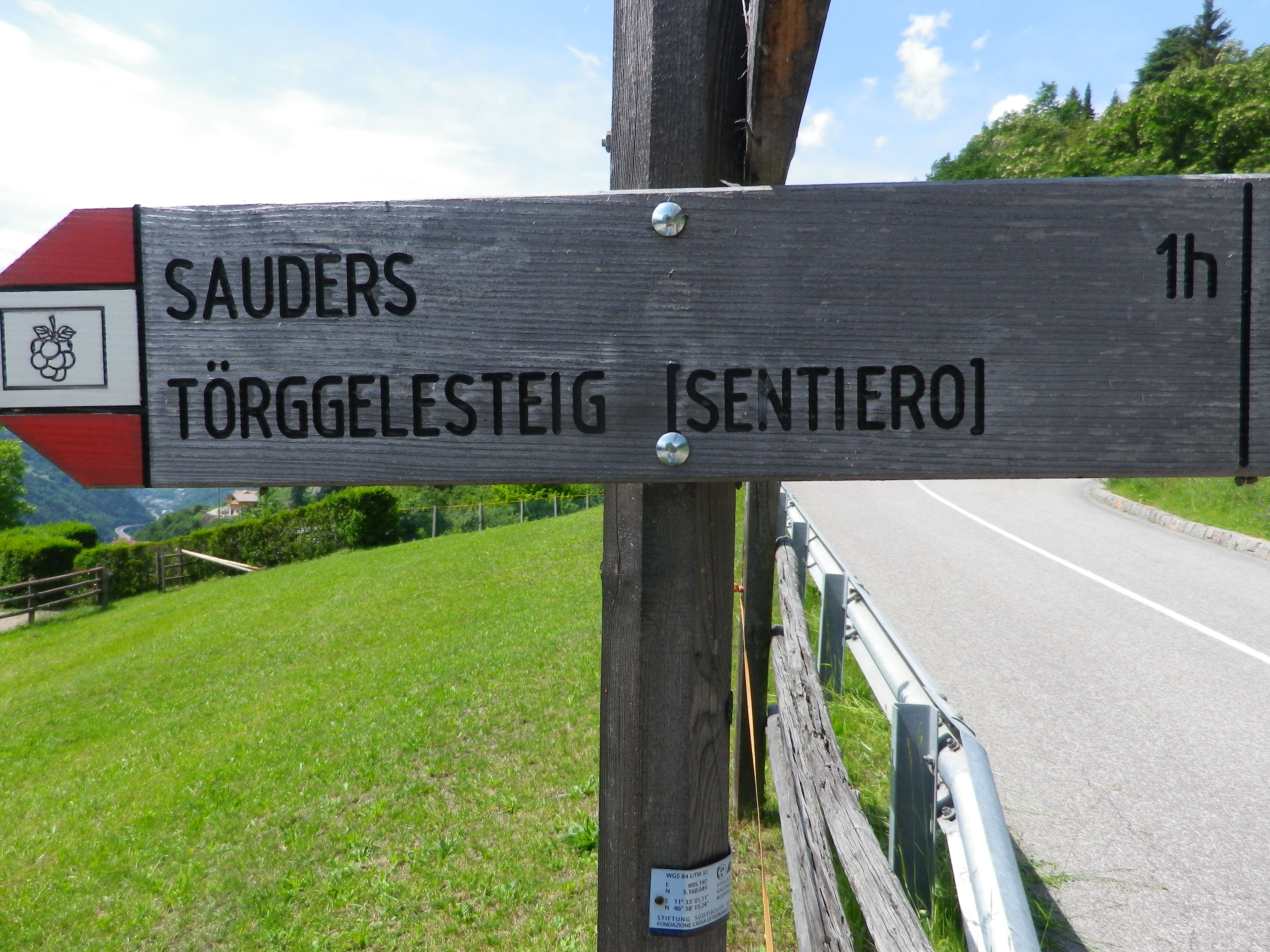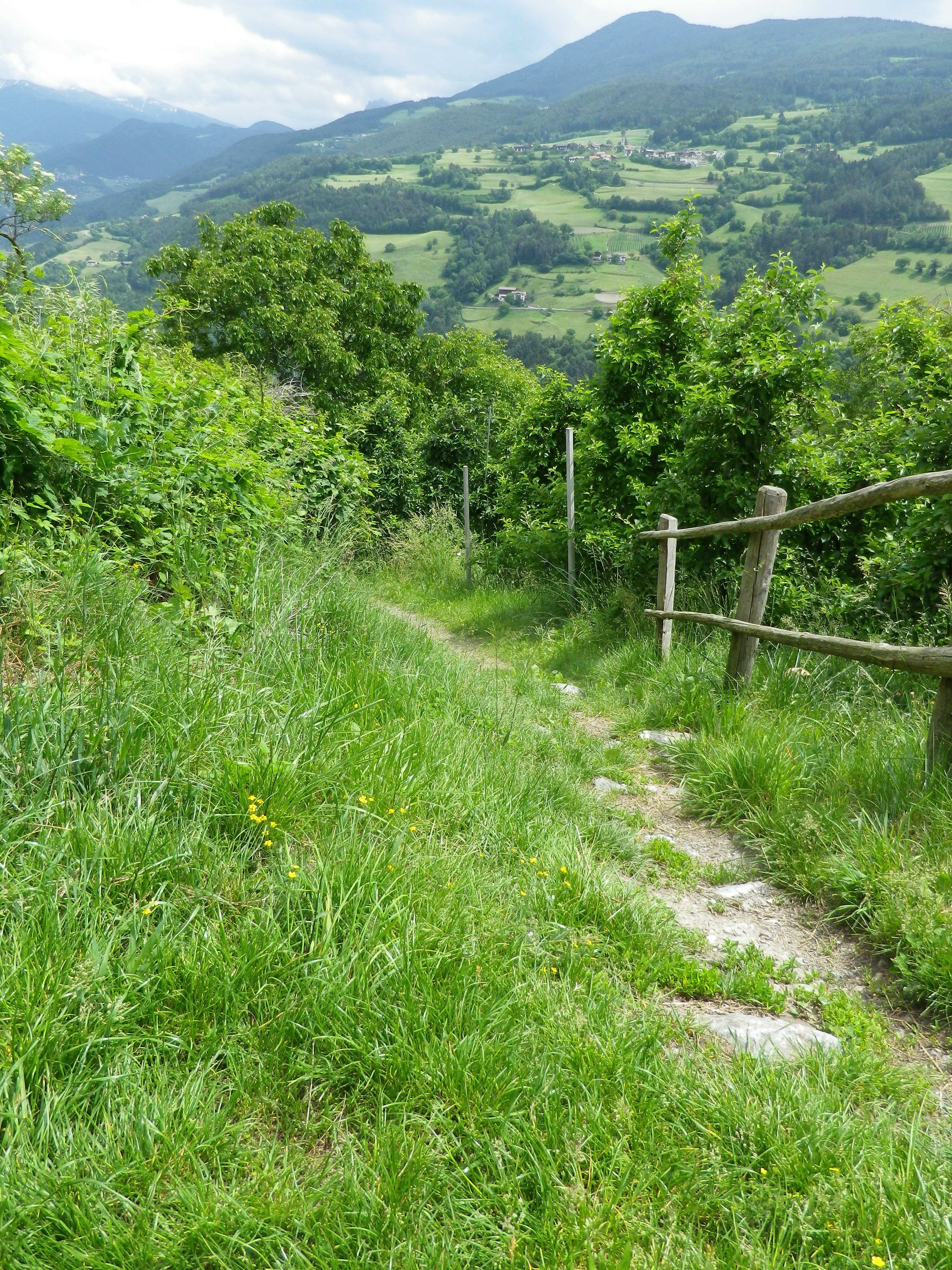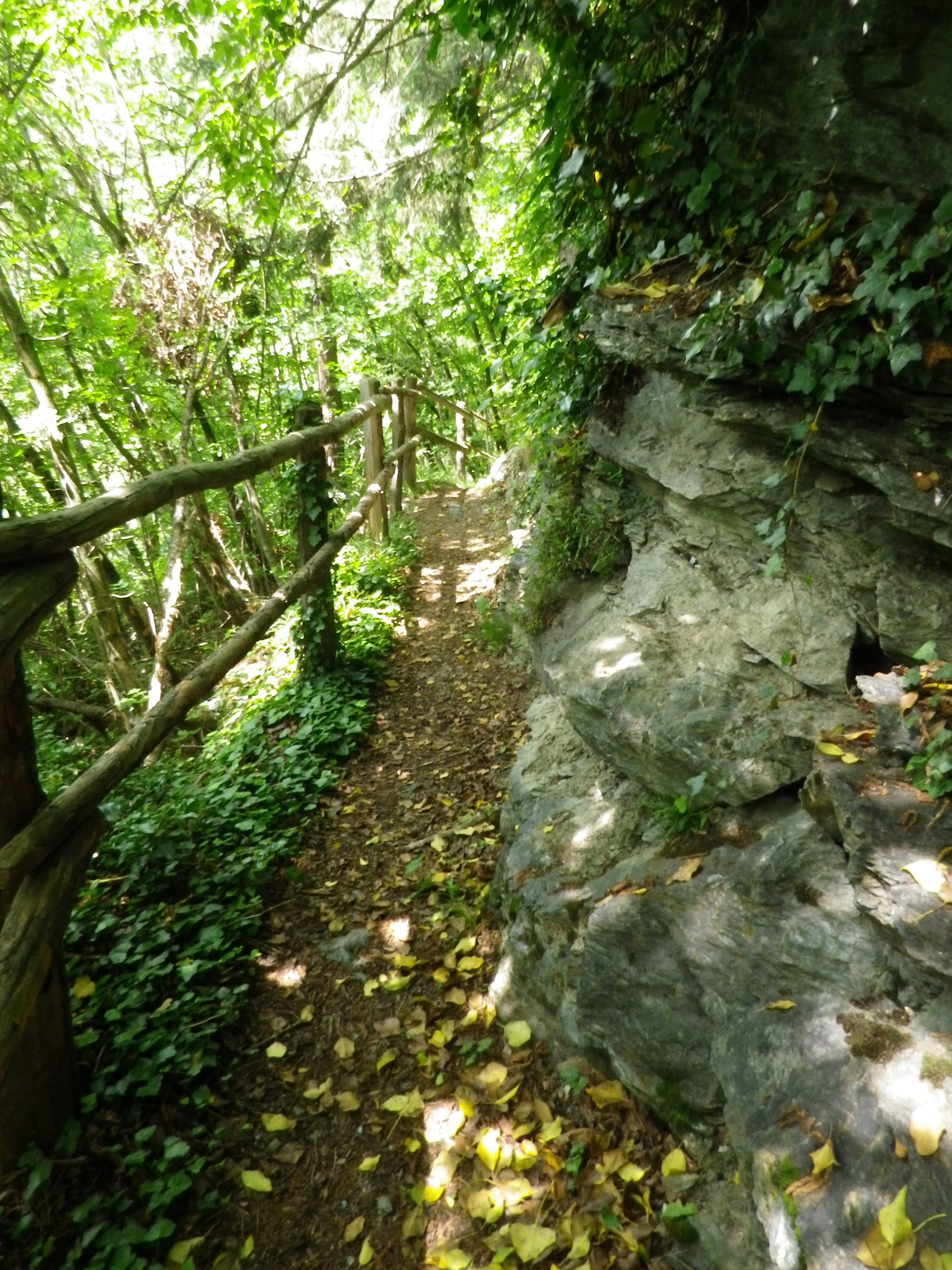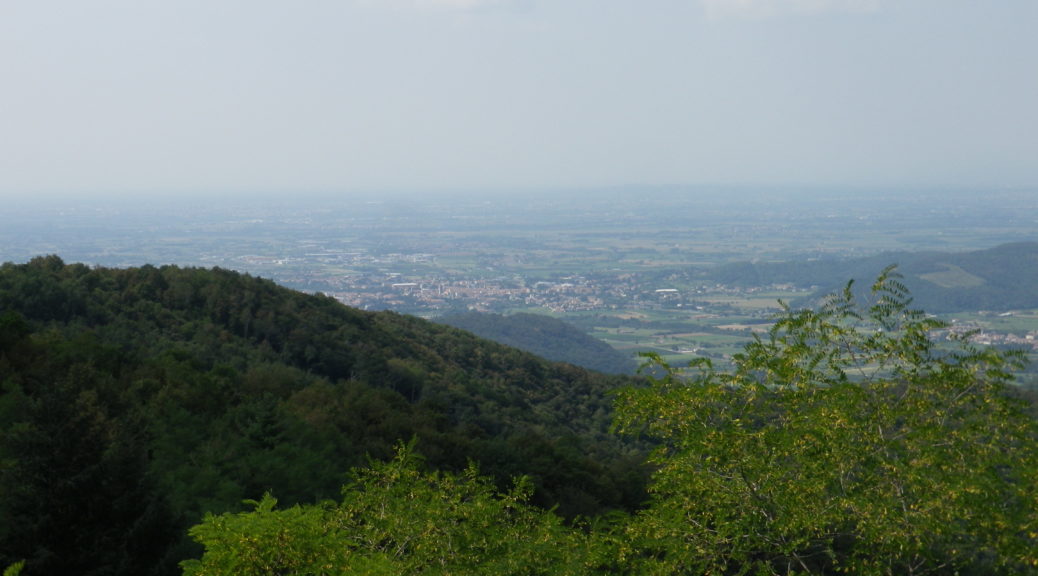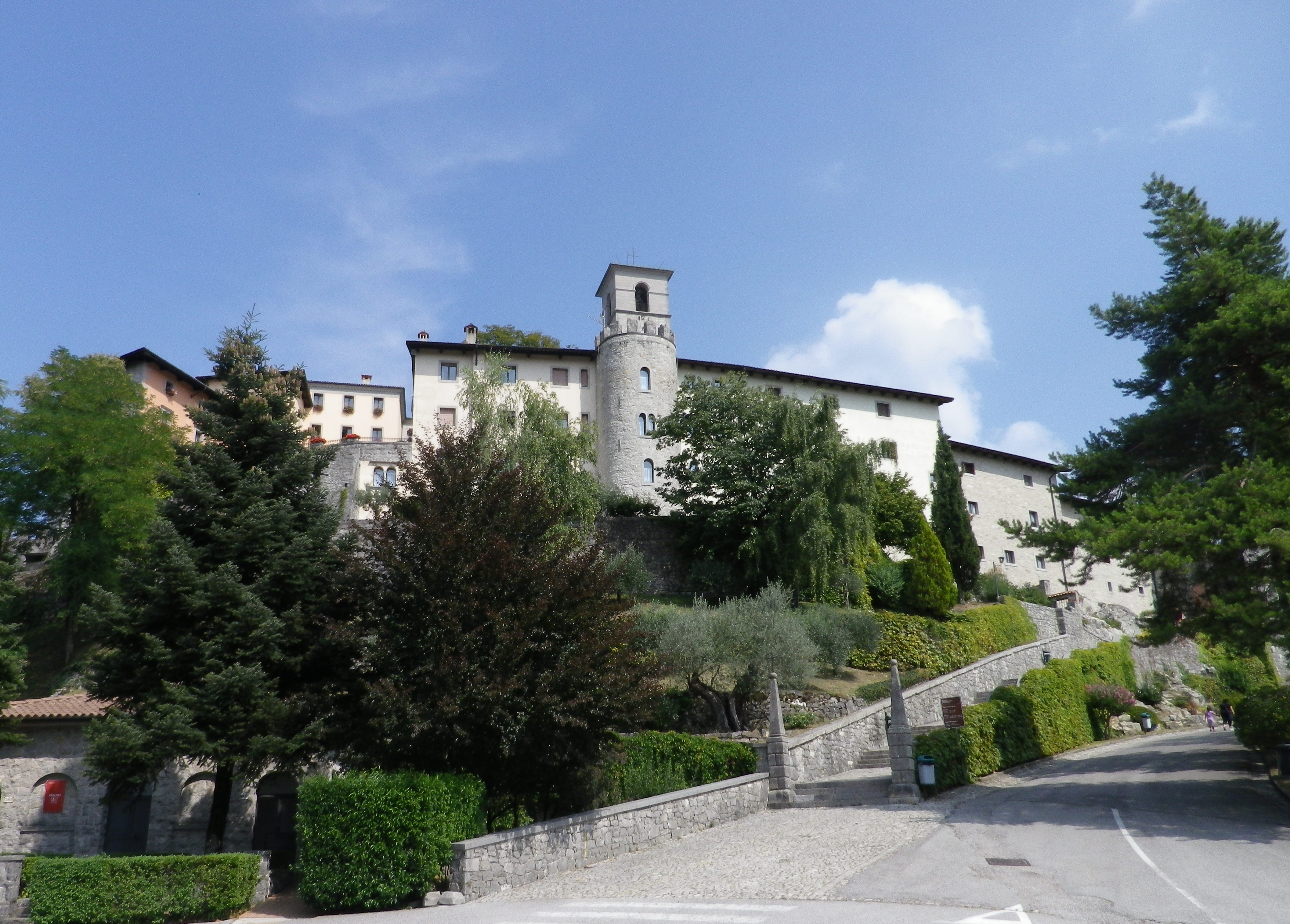With COVID 19-related travel restrictions and lockdowns, everybody’s ability to travel has made hiking and biking in Europe difficult, and impossible for me in 2020. So this month, I have decided to focus on some of my favorite hiking adventures. I will explain why I favor these adventures over some of the others, and let the photographs speak for themselves. You will note that sometimes the photos are taken in different seasons, and that is because I so enjoyed these wine regions (and their wines), I revisited them more than once. And I fervently hope that hikers, including myself, can travel to these areas in 2021!
1. The Place: Italy: Valtellina
The Activity: Hiking (or mountain-biking!) the 70-kilometer-long Via dei Terrazzamenti
Why this one: This moderately challenging hike offers absolutely stunning Alpine scenery, with several villages or hamlets to explore along the way, and diverse agricultural landscapes just to provide variety. The trail was moderately challenging, as there were several steep and relatively long inclines, but they were punctuated by relatively flat stretches, and even some descents. The scenery can speak for itself, and the villages and hamlets were quiet, charming, unspoiled locations in which to take a break, and enjoy the atmosphere. Sondrio is about in the middle, and a good place to base from, and makes a good place to break the hike until the next day. While I loved the fantastic Sentiero Valtellina bicycle trail (see details here) which parallels this trail, albeit along the north-facing side of the river valley, the Via dei Terrazzamenti won out because it was higher up, and on the south-facing mountains, thus passing through more vineyards.
Caveats: The quiet location means you might be challenged to find accommodation to your liking. It’s not that they didn’t have several nice hotels in Sondrio, Tirano and Morbegno. It is just that if you are looking for a resort, or even a five-star hotel, there won’t be any (as of January 2021).
Winning Wine Discovery: In Valtellina, the Nebbiolo grape is known as Chiavennasca. While it is vinified in several different ways, my favorite wine is the Sforzato di Valtellina. Like the famous Amarone di Valpolicella, these grapes are air-dried for a period of time after harvest but before being pressed. This results in a rich, highly flavorful red wine of great intensity and power.
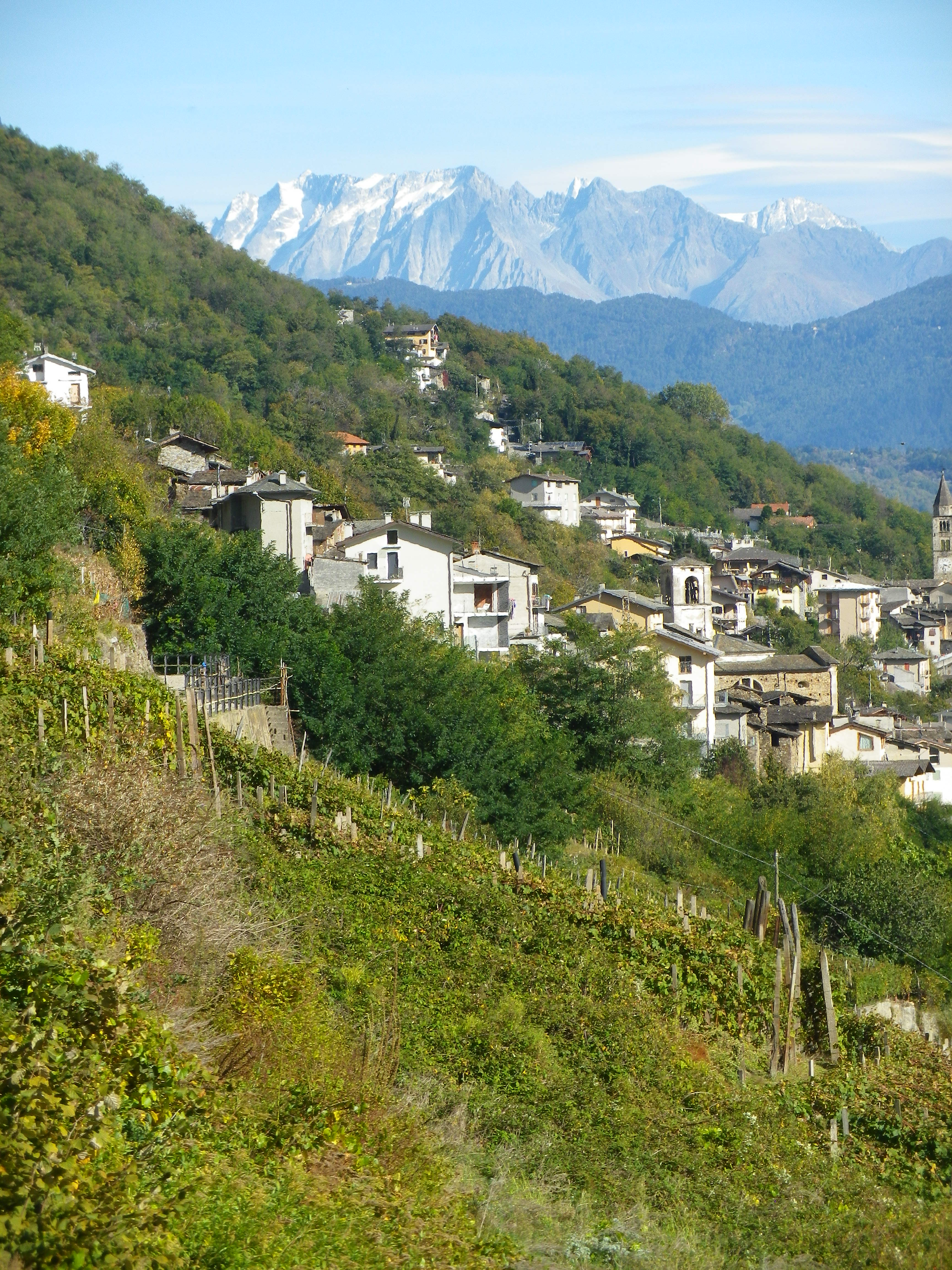
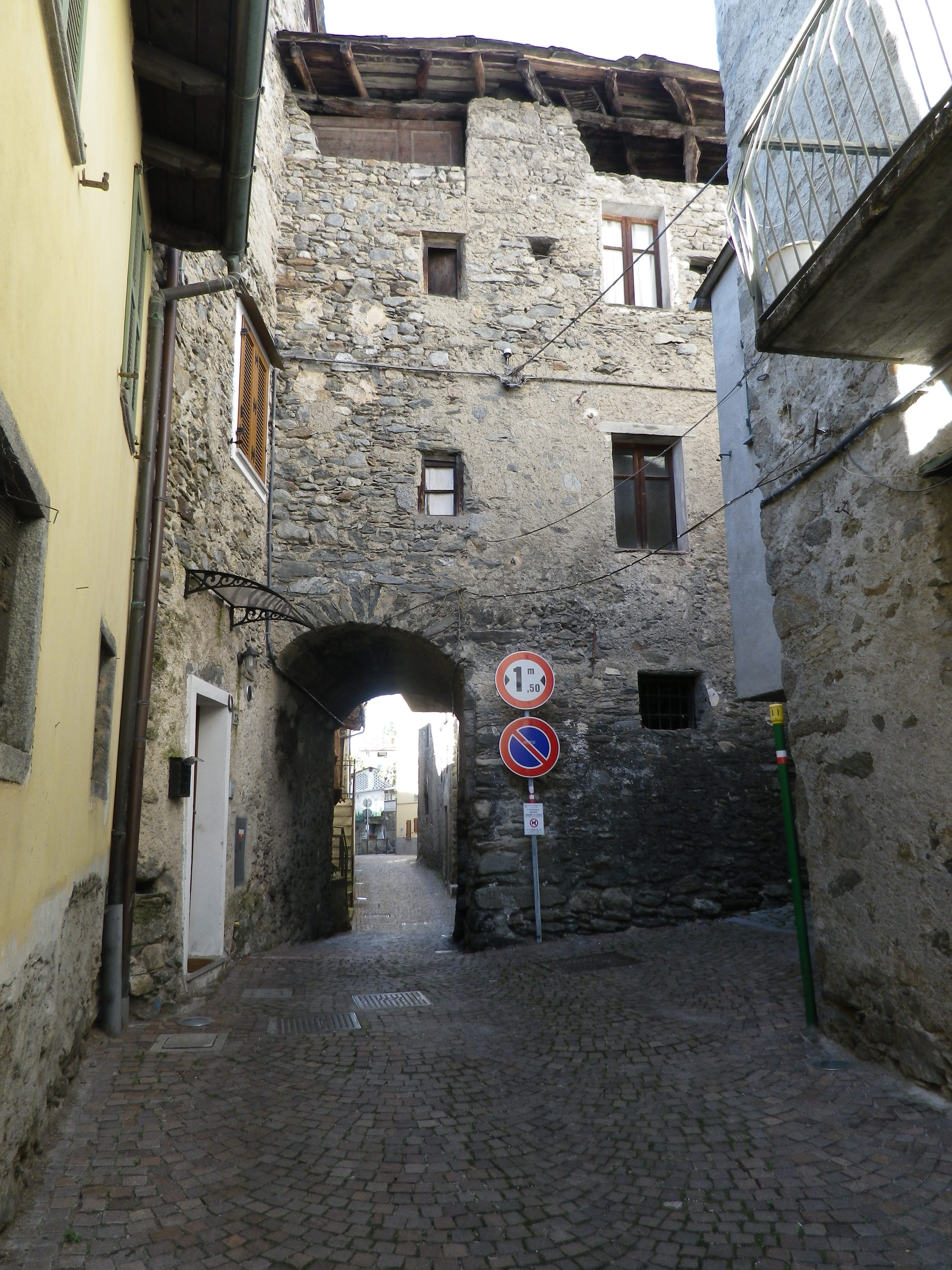
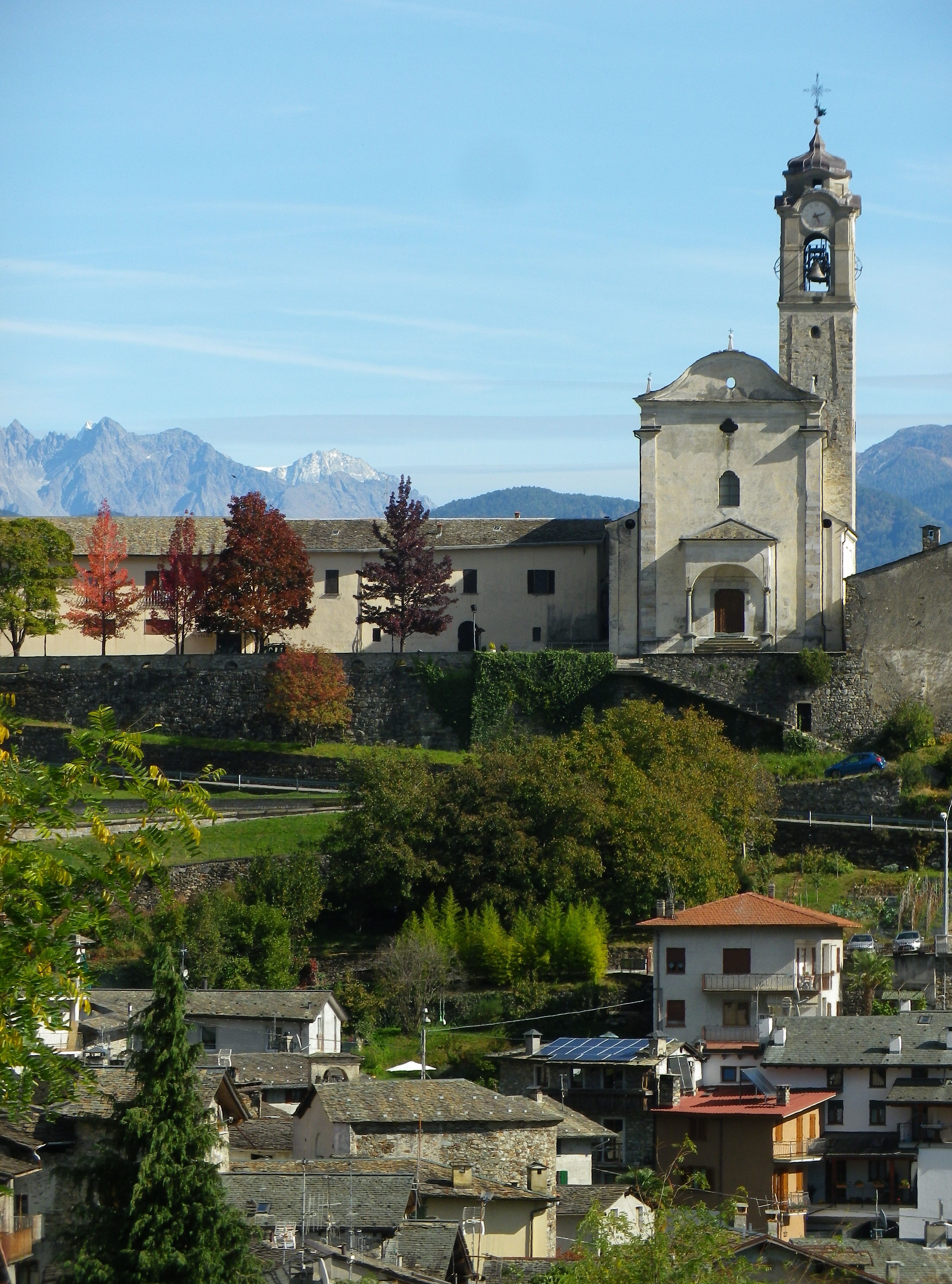
2. The Place: France, Alsace, Riquewihr
The Activity: Hiking the 17-kilometer long Sentier Viticole des Grands Crus (See details here.)
Why this one: What is not to like? The trail is relatively easy, and its ingenious design of interconnecting loops within a big loop allows hikers to decide which loop to hike and how much to hike in any one day, while still basing in a single town. Also, this is one of the most popular areas of Alsace, and rightly so. The scenery is a pleasant mix of villages, vineyards, fields and not-so-distant tree-covered mountain tops. The six villages (Hunawihr, Bennwihr, Mittelwihr, Zellenberg, Beblenheim and Riquewihr), are all picture postcard worthy, and charming, once you explore them. The food is excellent, the wines deliciously diverse, and the lodgings varied and (usually) available. Alsace represents excellent values for the money in all three of these areas.
Caveats: As the hike is along one of the most visited sectors on the French Route des Vins d’Alsace, a 150+ kilometer long car route, it can be crowded in restaurants, hotels and parking lots in July and August with local day-trippers and summer vacationers, so plan ahead!
Winning Wine Discovery: Cremant d’Alsace – a sparkling wine made in the Champagne Method. I found that Cremant d’Alsace could be just as effervescent as Champagne, and, due to higher grape ripening levels overall, a bit smoother and fruitier on the palate. (It is also a lot less expensive – another plus!)
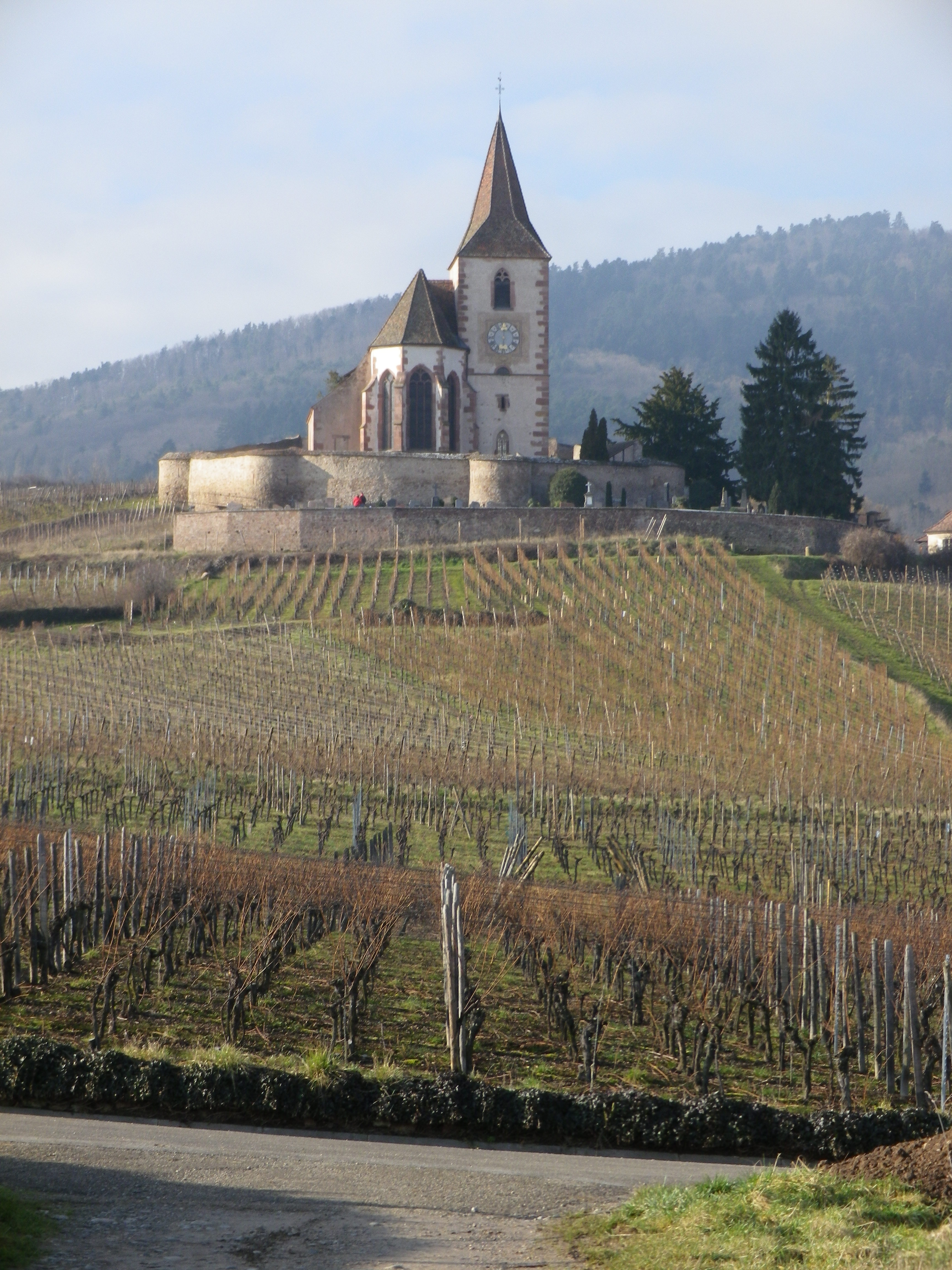
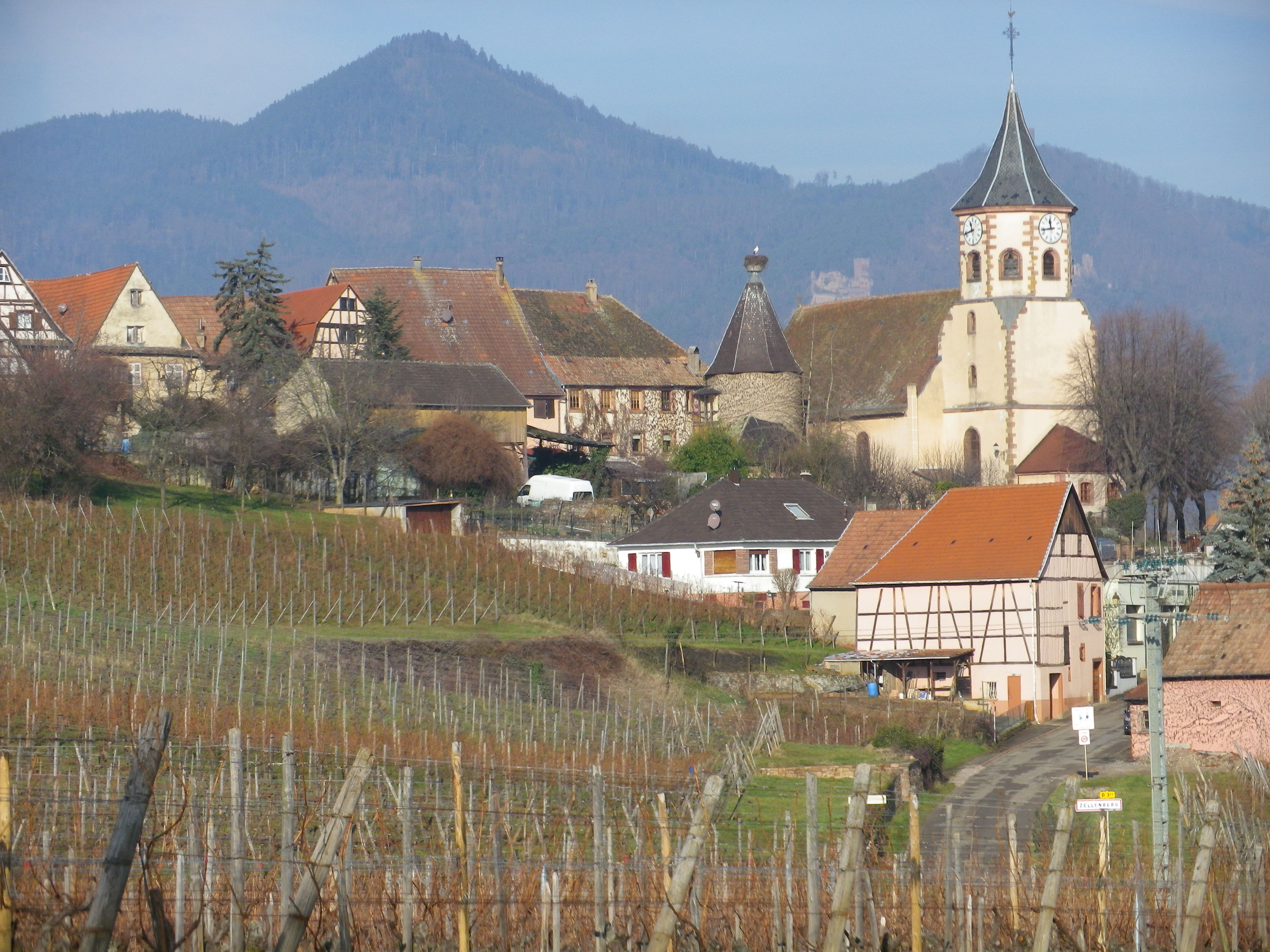
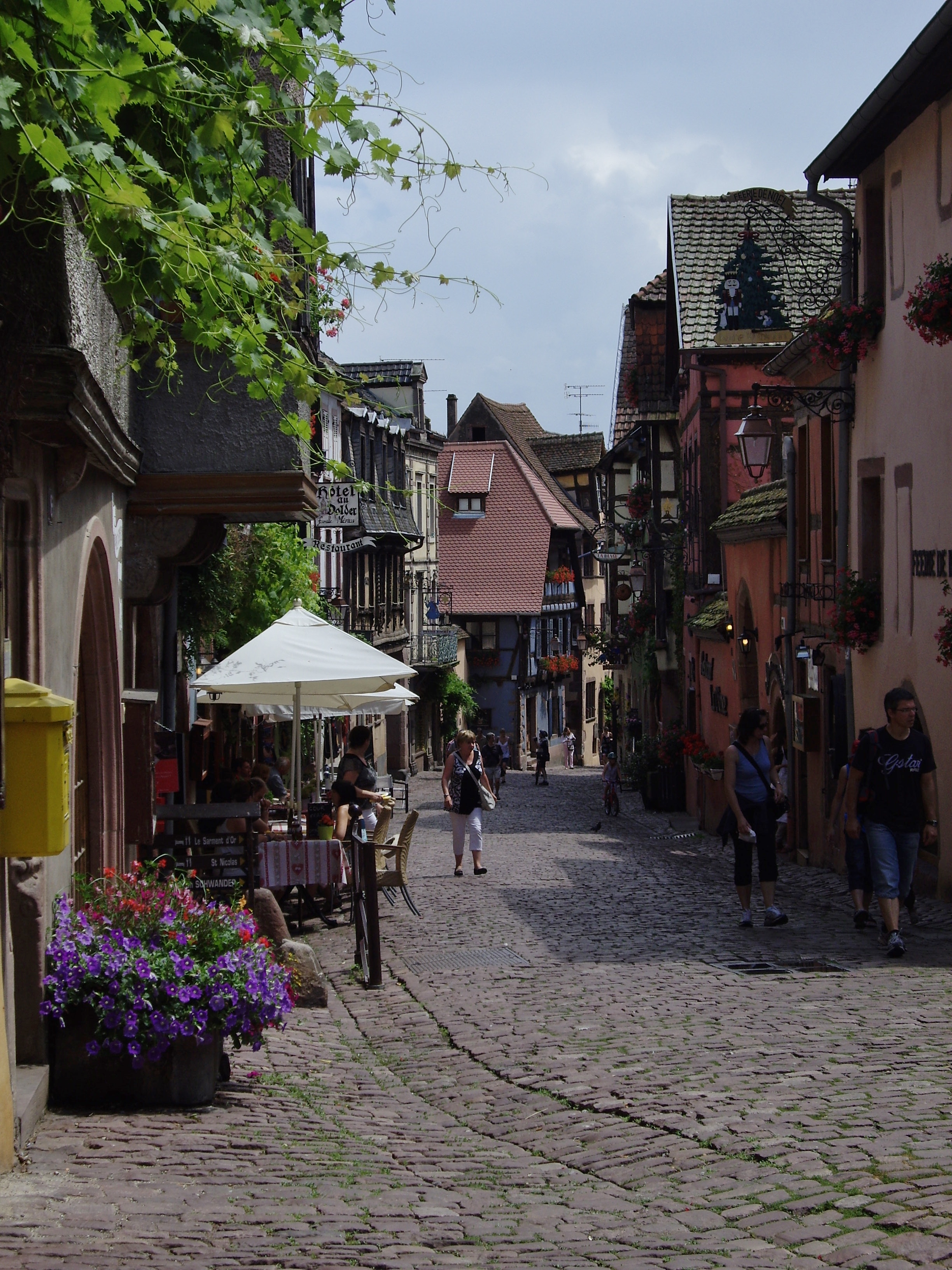
3. The Place: Germany, Middle Rhine (Mittelrhein)
The Activity: Hiking the 120-kilometer long Rheingauer Riesling Pfad (See details here.)
Why this one: The magic of the myths of the Middle Rhein come to life on this hike. Rising higher and higher along the hills lining the Rhine, the myth-making castles come into view. The perspective of a major river snaking its way through a canyon (from Kaub to Ruedesheim at least) is awe-inspiring, and every village is a fairy-tale unto itself. On northern half of the trail offers an especially diverse hiking experience as hikers pass through forests and glens, vineyards and fields. Another plus: While the hike itself is moderately challenging, the villages offer convenient public transportation, sometimes even via ferry, to your desired destination should need arise to break off – or take a break from – the hike.
Caveats: None, except to note that the while the winter temperatures remain mostly above freezing in the daytime, the weather can be rainy or overcast, especially from late fall to spring.
Winning Wine Discovery: Riesling! I had always found it thin and acidic. But here in its homeland, the area of the Moselle and Rheingau, it is rich, powerful, fruity and balanced. And that can be just the regular versions! Sweeter versions such as Spaetlese, and spectacular versions such as those coming from the Grosses Gewaechs (equivalent to Grand Cru status) can be mind-blowing for those who think they won’t like Riesling.
